Telling people we live in Iqaluit, Nunavut will often draw blank stares, or the slightly more investigative, “Huh?”
This is understandable, as we live in the most remote region of Canada, and one of the most remote places in the world. Not many people have heard of our town, and even fewer have actually been here.
To introduce you to Iqaluit, we could direct you to the most sought-after purveyor of information ever: Wikipedia. But that would be too obvious. Here at Finding True North, we want to give our readers a little extra by contextualizing the standard facts and figures.
So, for our first official blog post, here are our unconventional answers and facts about Iqaluit:
Where is Iqaluit?
What Wikipedia will tell you:
What this really means:
On a map of Canada, look to the upper right until you see Baffin Island. Iqaluit will be labeled, as it is the capital of Nunavut. You’re far from any city whose name you can recognize. Like, really far. Your quickest route south is a three-hour flight to Ottawa, which involves crossing the Hudson Strait and the sparsely populated northern regions of Quebec. You’re north enough to experience a treeless landscape, but you’re south enough to evade 24 hour days or nights.
How many people live there?
What Wikipedia will tell you:
6,699 people
What this really means:
There are enough people so that you continually see new faces, but few enough people so that you cannot avoid running into at least a handful of folks you know at the store, airport, restaurant, clinic, and (best/worst of all) the bar. Iqaluit also has a constant influx of contract and seasonal workers: a transient bunch easily spotted by residents since Iqaluit is small enough to know the locals.
Who lives there?
What Wikipedia will tell you:
60% “aboriginals”; 36.7% “white”; 3.3% “visible minorities”
What this really means:
The majority of people who live in Iqaluit have been living in northern Canada for thousands of years: the Inuit, who, along with First Nations and Metis, make up the Aboriginal peoples of Canada. However, Iqaluit is also considered to be the cosmopolitan hub of Nunavut, meaning you will see a surprising amount of ethnic diversity in Iqaluit. Just know this: we’re an eclectic bunch, and you are not alone*.
*Unless you’re West Asian, Southeast Asian, or Korean; then you’re probably the first (according to Wikipedia).
How do you get there?
What Wikipedia will tell you:
“Iqaluit is generally only accessible by aircraft and, subject to ice conditions, by boat.”
What this really means:
From “the south”, the only direct flight paths to Iqaluit are via Ottawa or Montreal. These flights are not cheap: you can expect to pay at least $1,500 return.
Iqaluit is located on Frobisher Bay, which is frozen from about November to June every year. This means that the town is ice-locked for most the year, hence boats being “subject to ice conditions”. What Wikipedia forgot to mention is that the frozen bay becomes a highway for snowmobiles, leading you to the uninhabited tundra and making “fly-in-only” communities accessible on land.
Alternative methods of travel include traversing the open ocean by kayak, rowboat, or jet ski*.
*Disclaimer: not suggested
What is the weather like?
What Wikipedia will tell you:
“Iqaluit has a typically Arctic climate.”
What this really means:
It is cold. It is snowy. It is icy. It is pretty much winter from October to May. Parkas, snow pants, gloves, toques, and scarves are essential items in your wardrobe. When it comes to cold weather accessories, our mantra is the more fur the better. Even during the “summer months” you can forget about wearing shorts and a tee shirt – it’s rarely warm enough to do so; when it is, the mosquitoes will eat you alive.
That being said, Iqaluit is blessed with a “dry cold”, which means there is not a lot of moisture in the air. This lack of humidity makes frigid temperatures much more bearable. You will find that on a calm, sunny, spring day, -15C feels not only comfortable, but pleasant (you’ll have to trust us on this one).
What do people do for fun?
What Wikipedia will tell you:
N/A
What this really means:
Iqaluit has a great small-town vibe and a lot of community spirit. Iqaluit is completely surrounded by wilderness, and many people spend their leisure time “out on the land.” If you’re not the outdoorsy type, you can immerse yourself in the cultural scene, which is influenced by traditional Inuit crafts (sewing, sculpting, and print-making) as well as conventional activities (concerts and festivals). Mostly, you will probably have fun the same way as you do down south: sharing food, stories, and laughs with your friends, family, and fellow Iqalummiut (people who live in Iqaluit).
Of course, Iqaluit is all this and so much more. To find out just what that means, follow us right here on our blog or keep in touch via Twitter. And if ever you have any questions or comments, please don’t hesitate to get in touch.

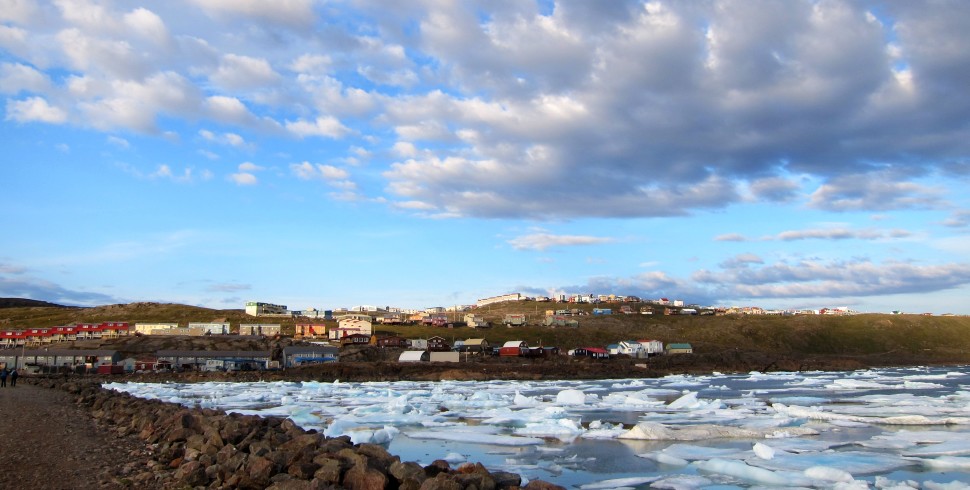





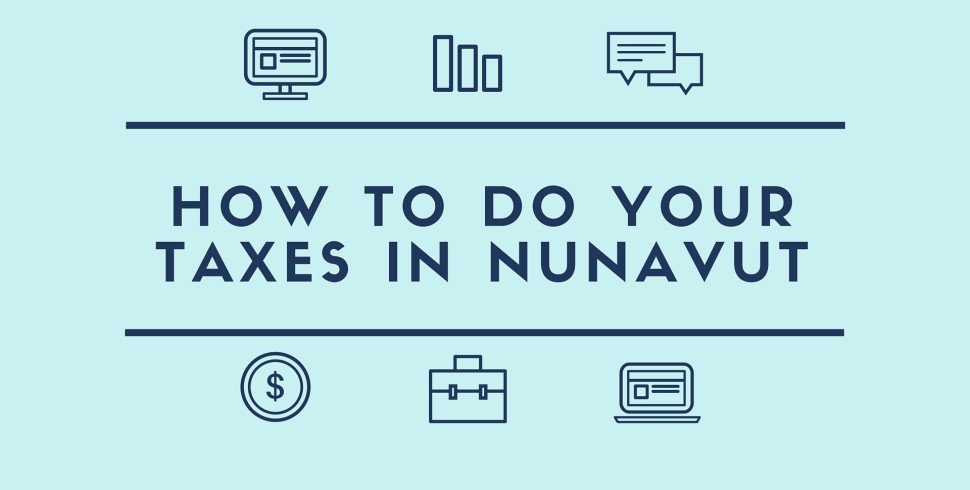
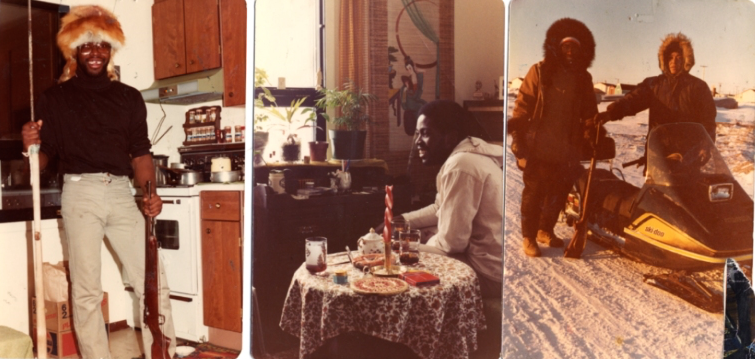
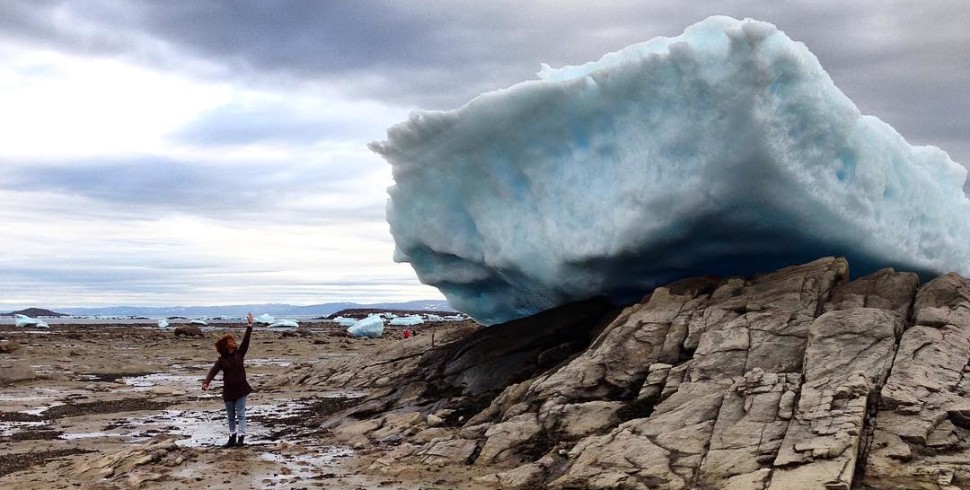

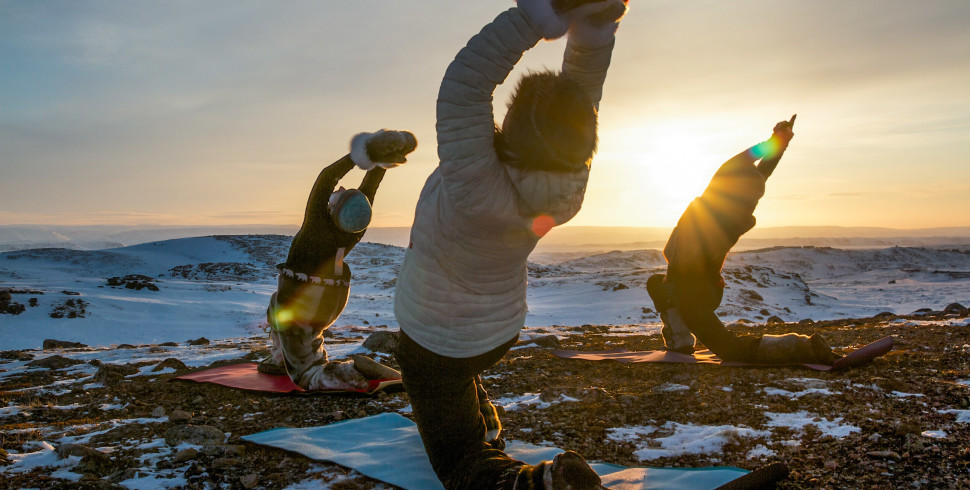
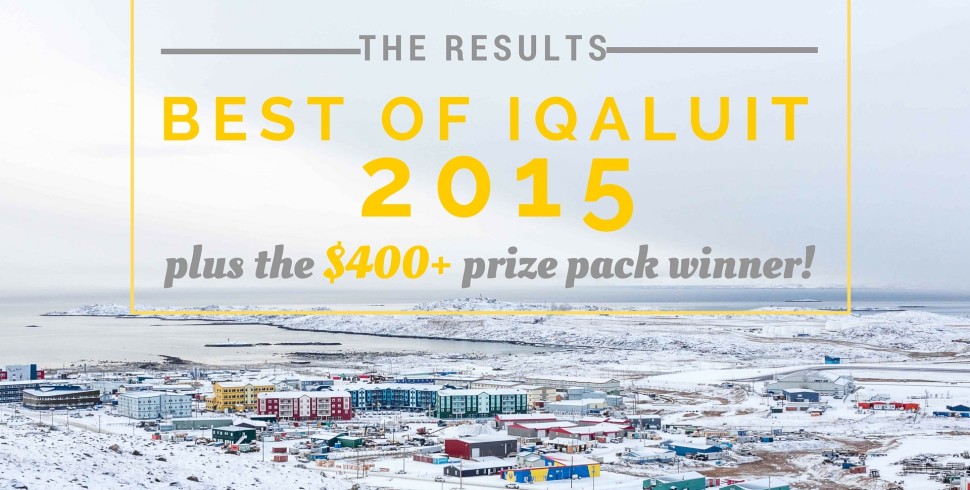
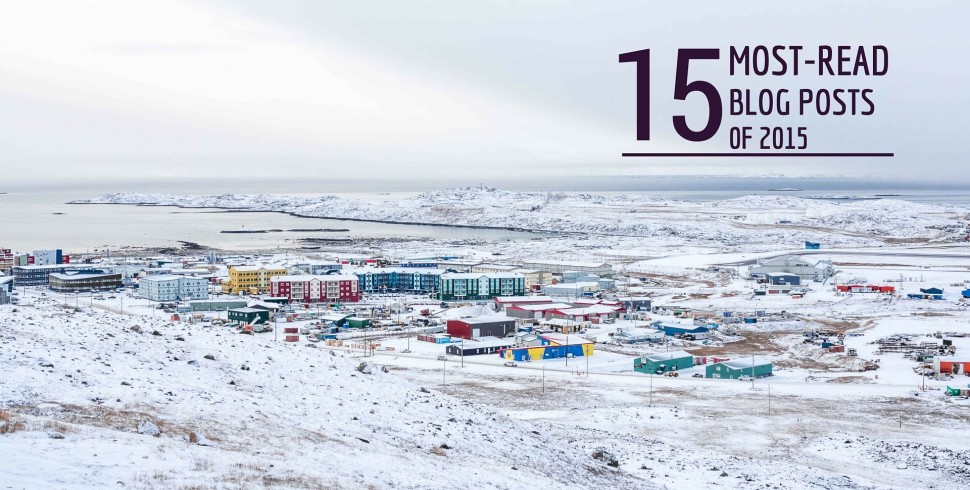
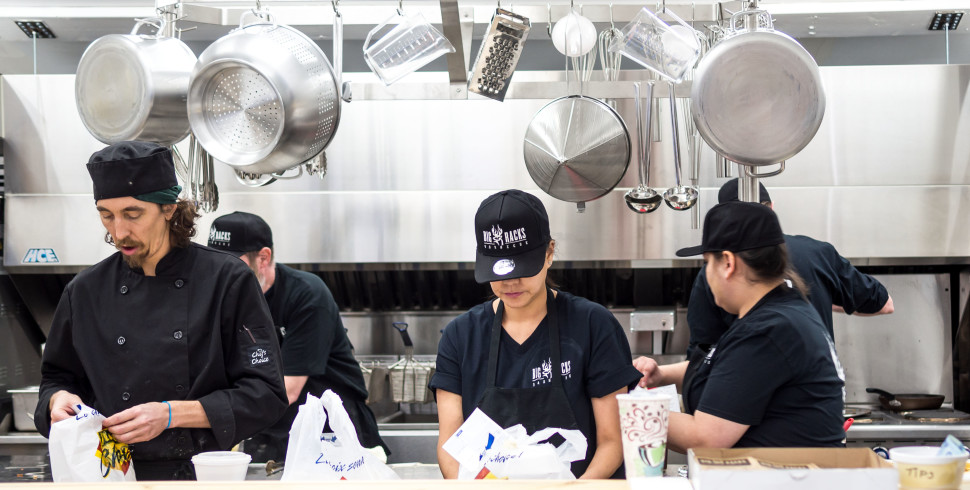

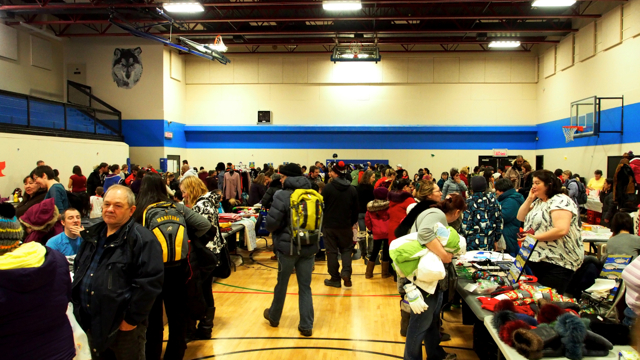
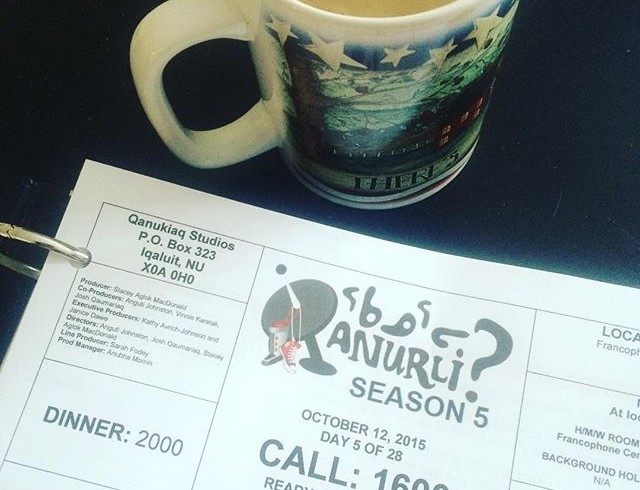
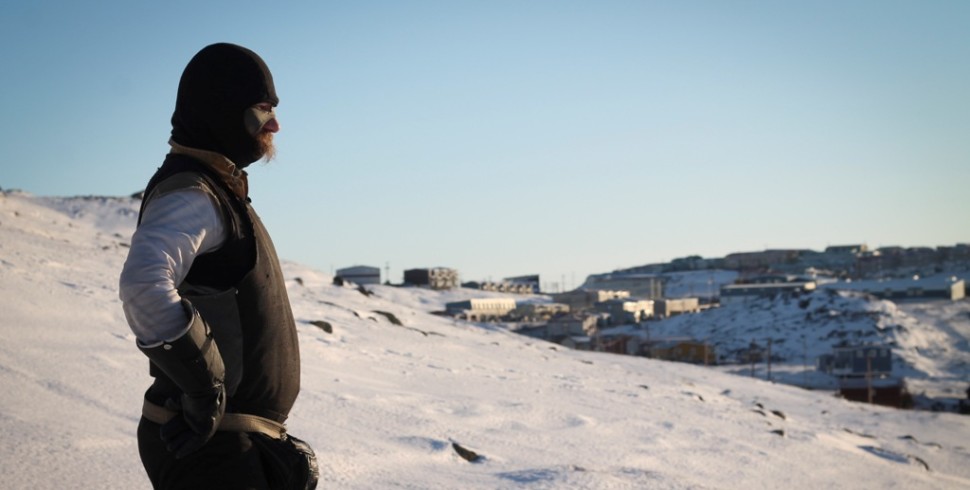

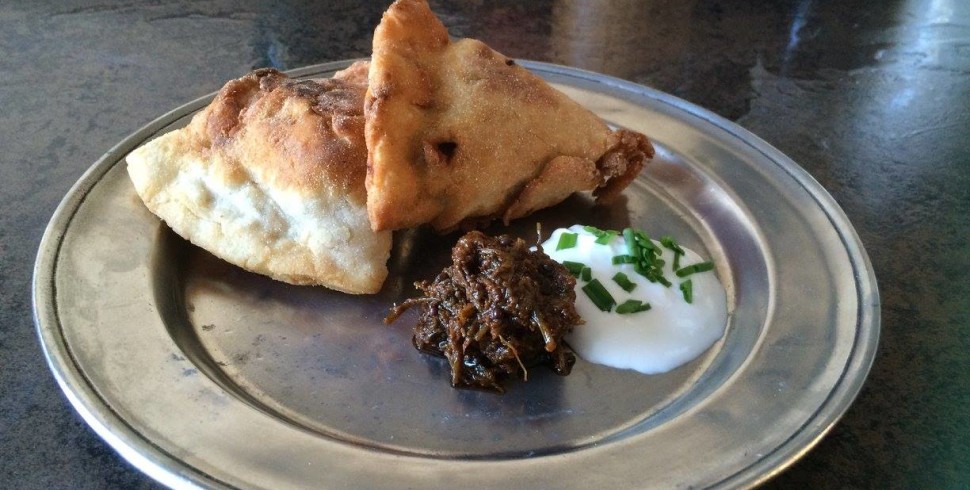
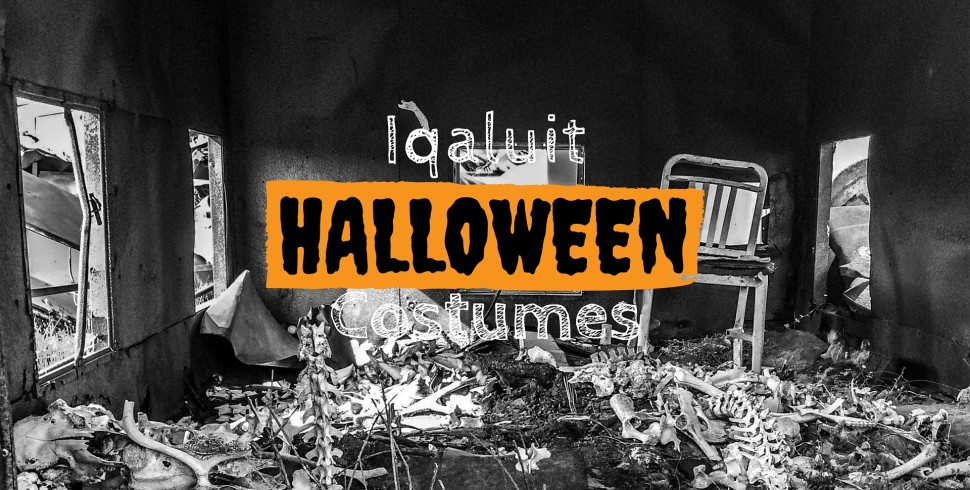
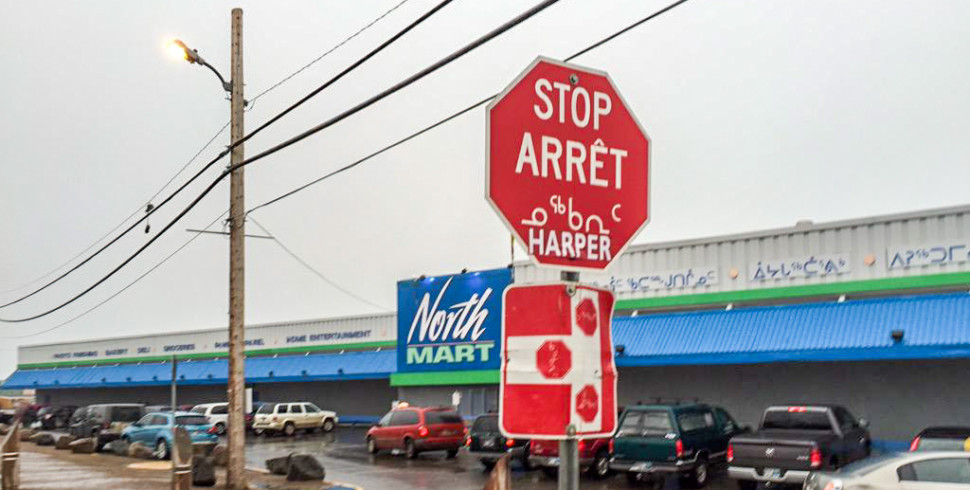
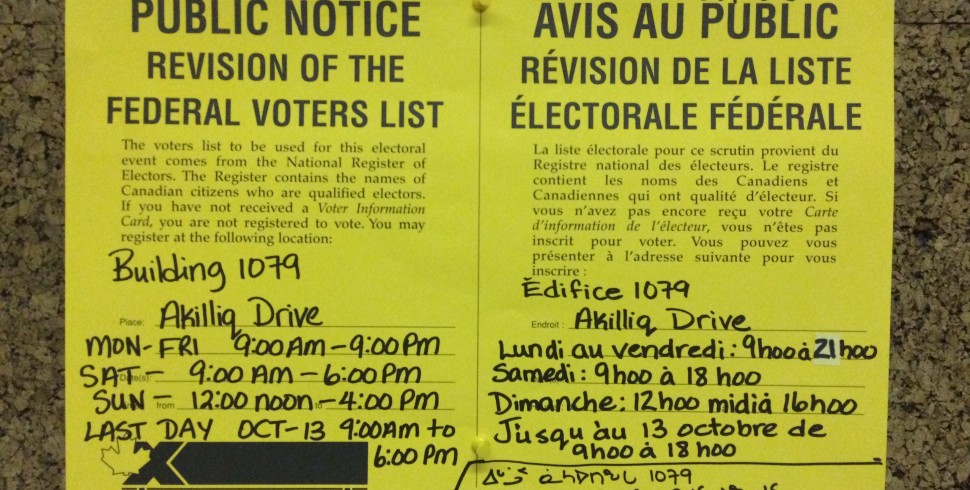
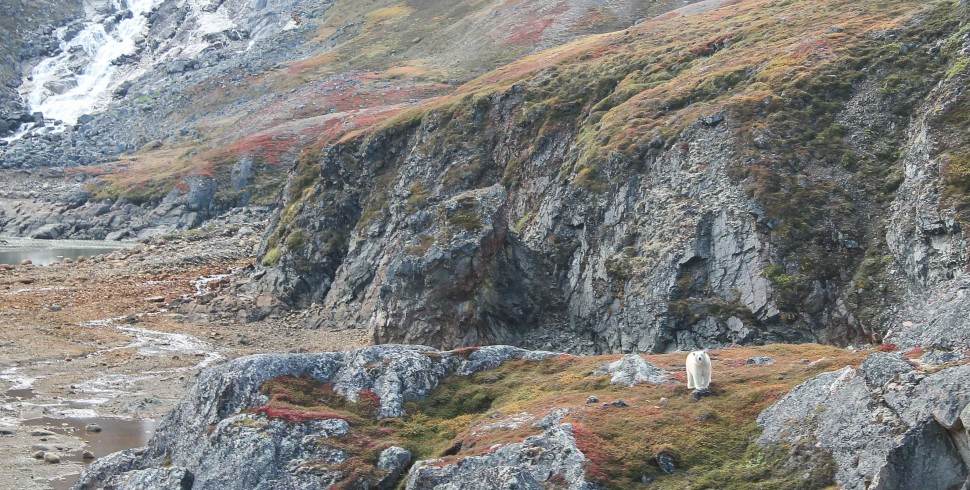
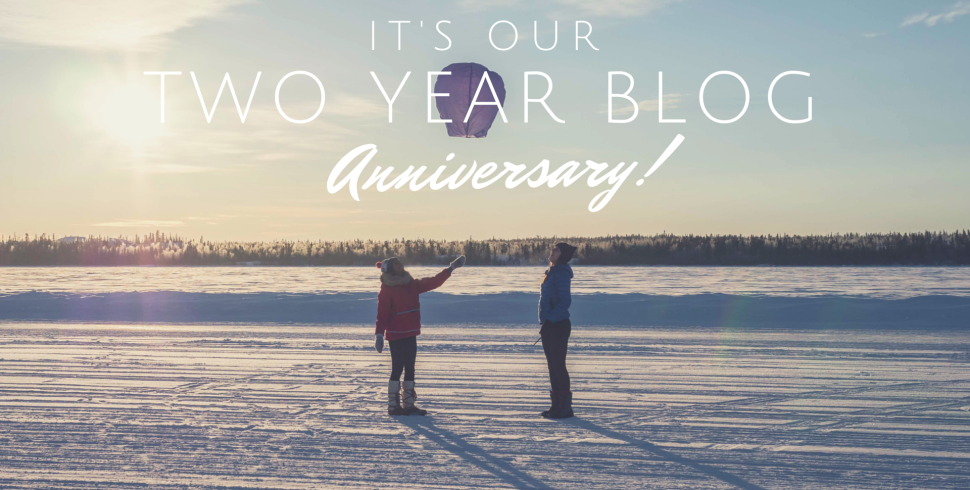
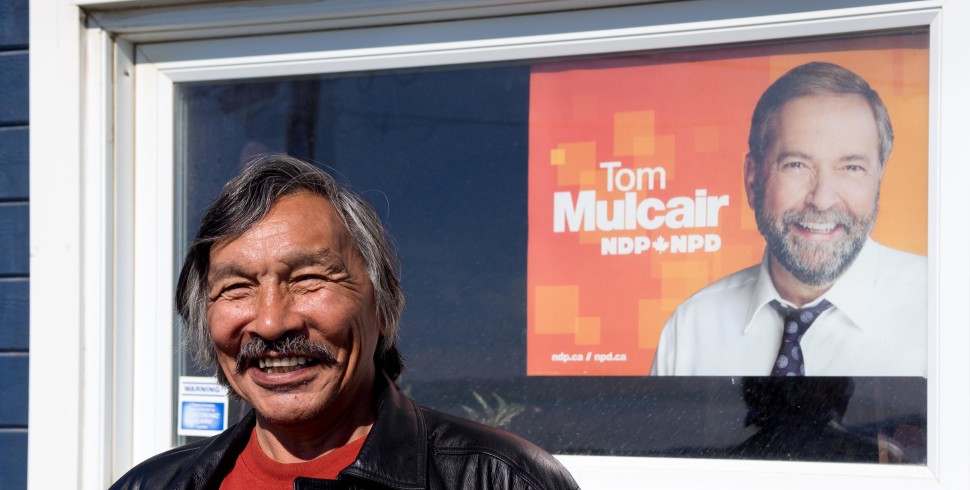
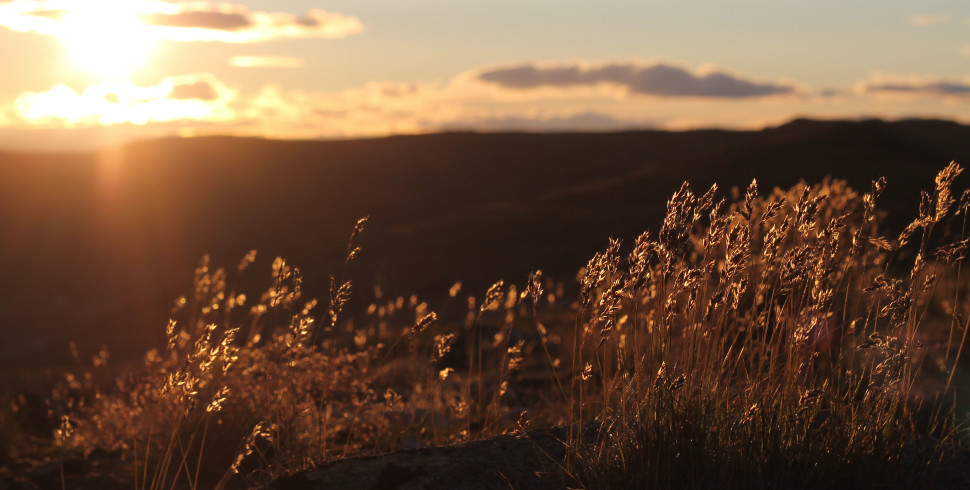


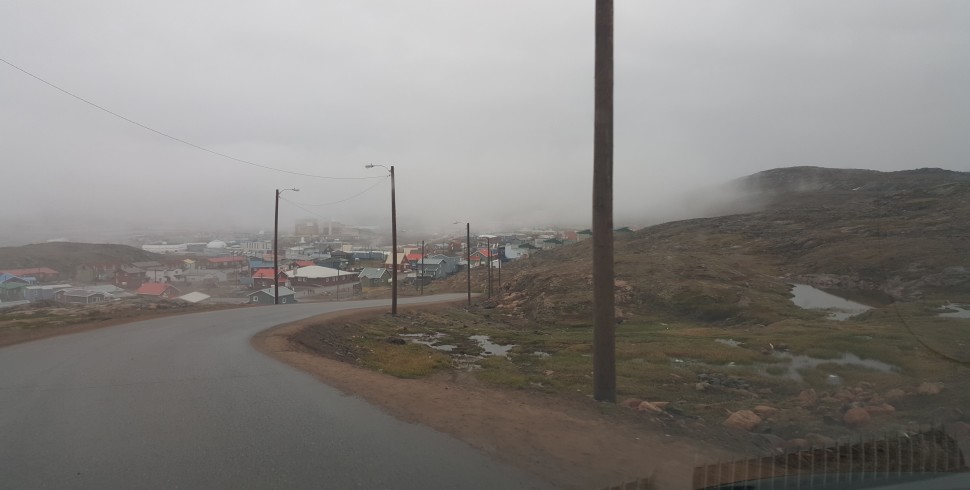

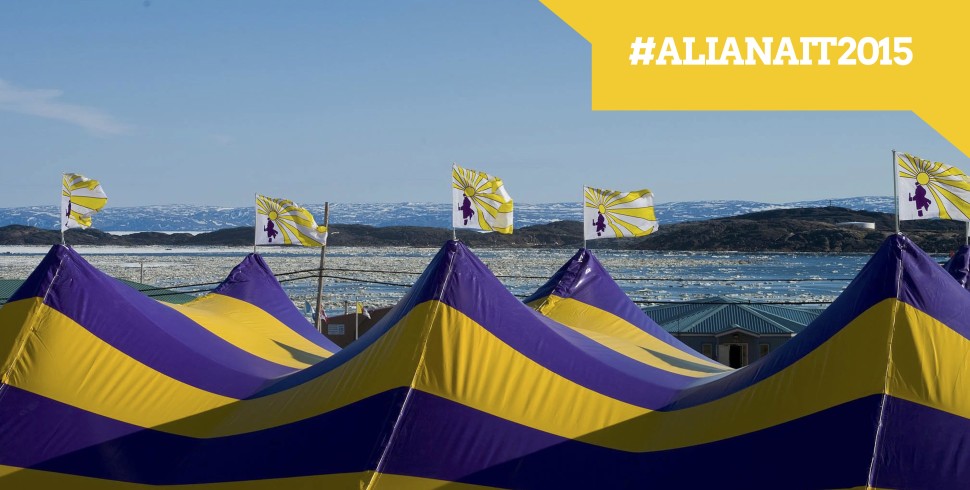

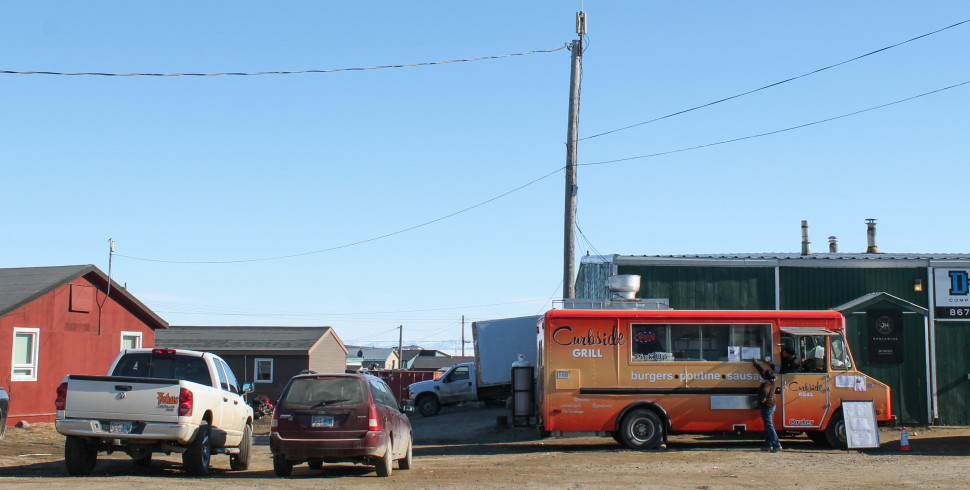
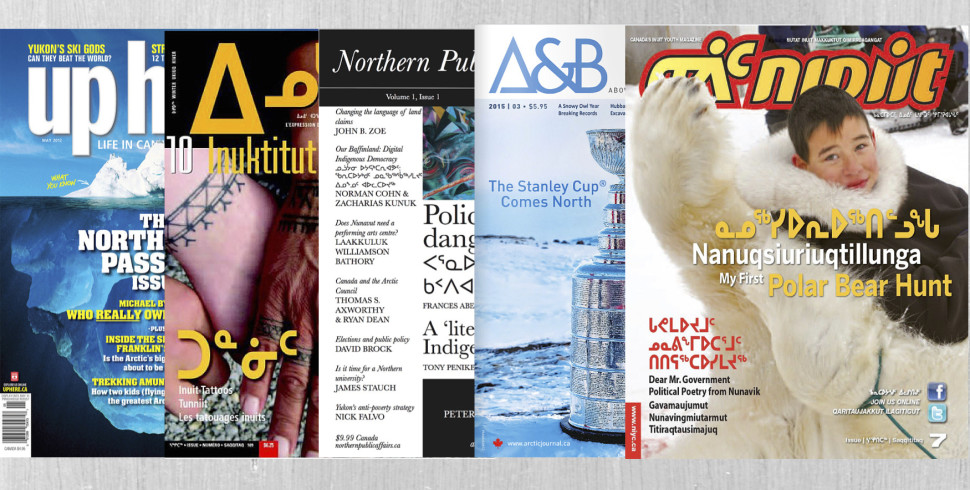

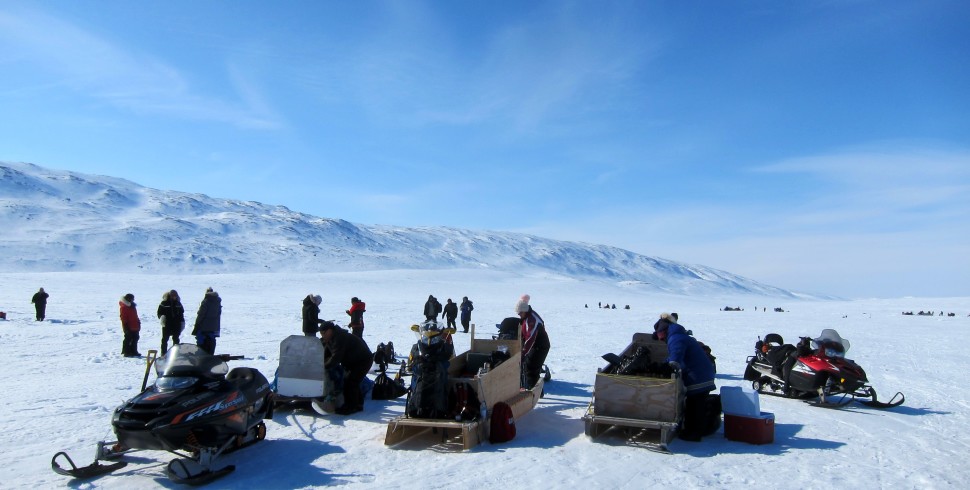
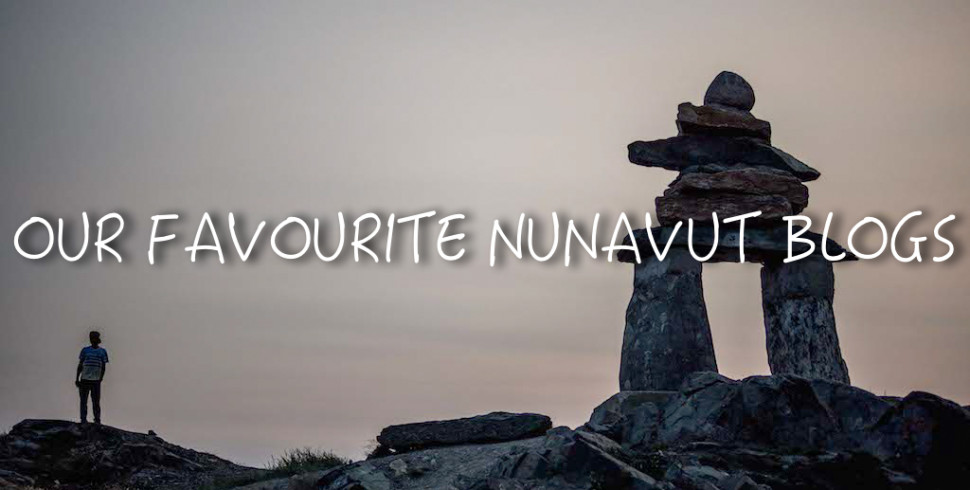
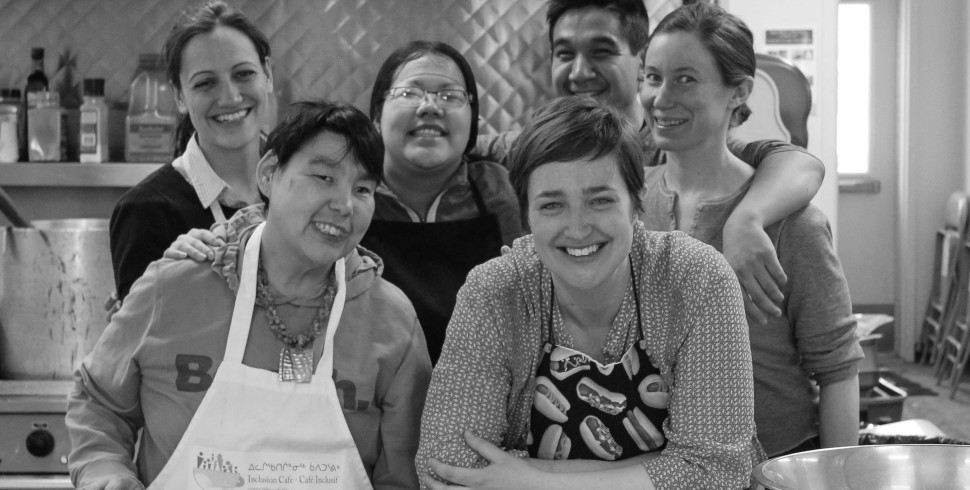

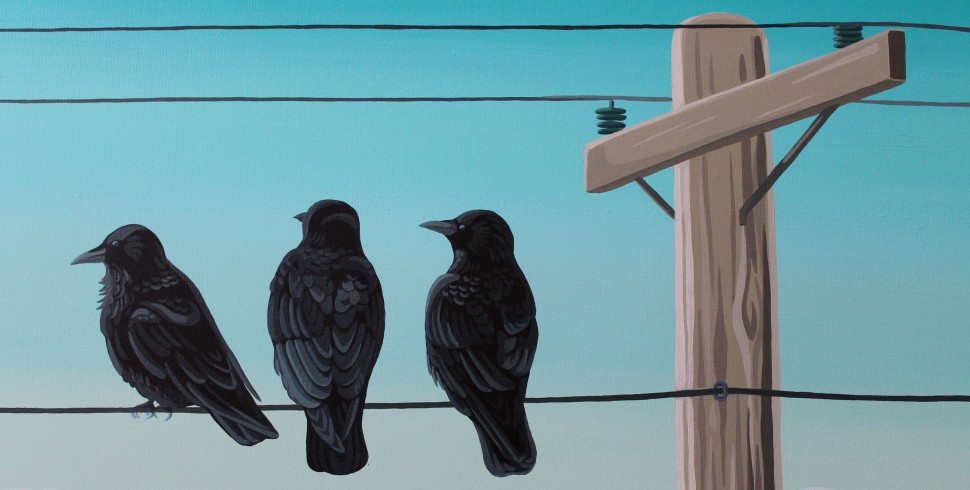
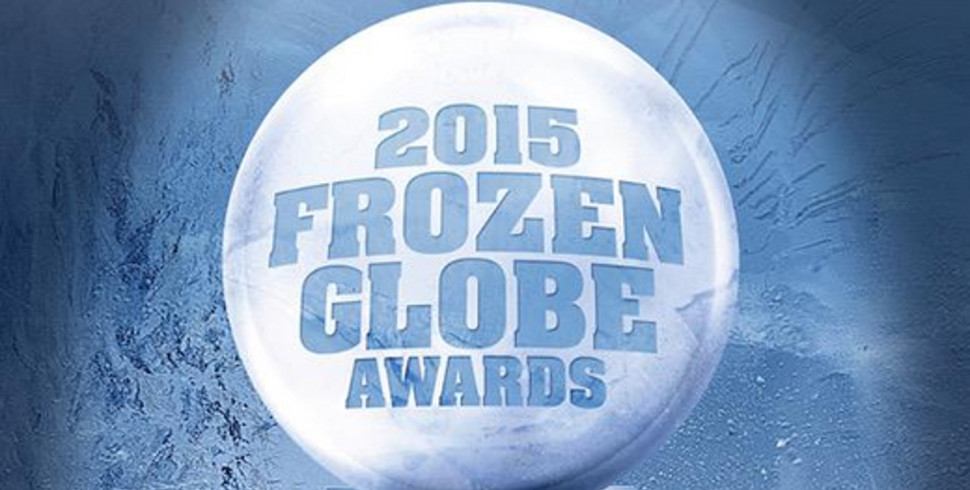
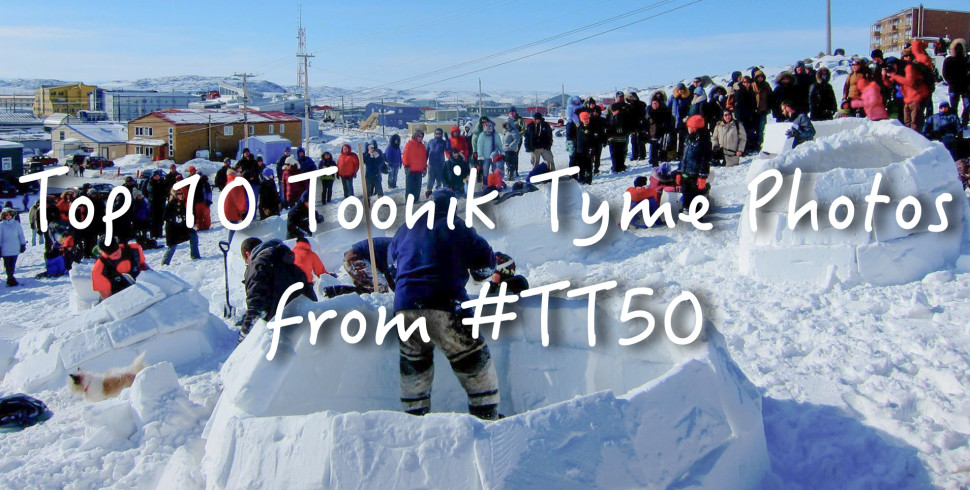
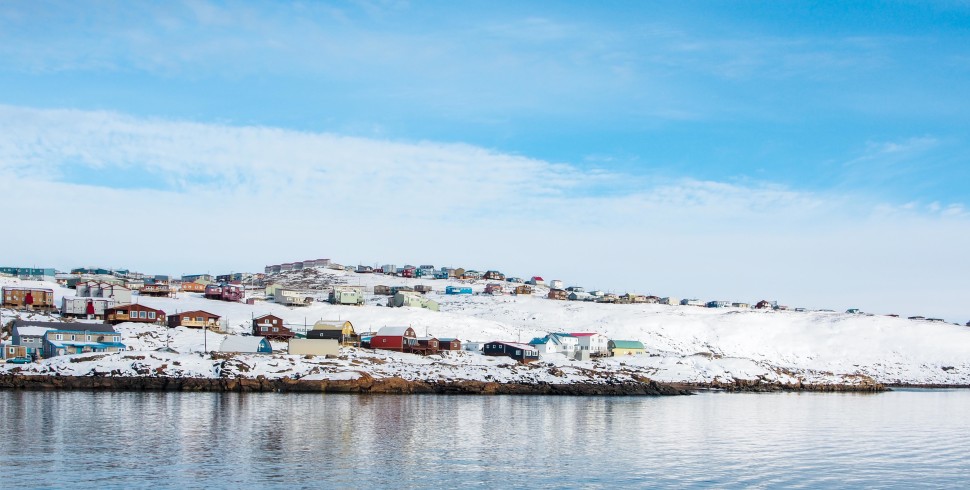
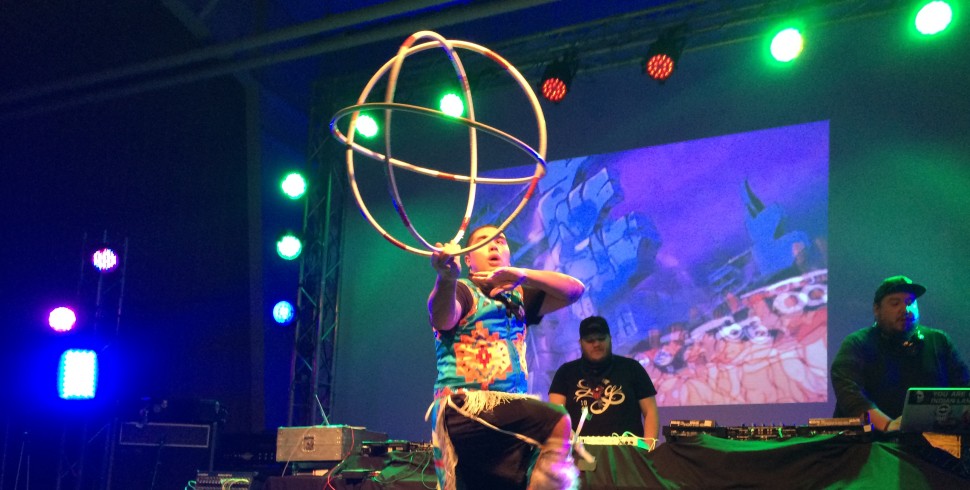
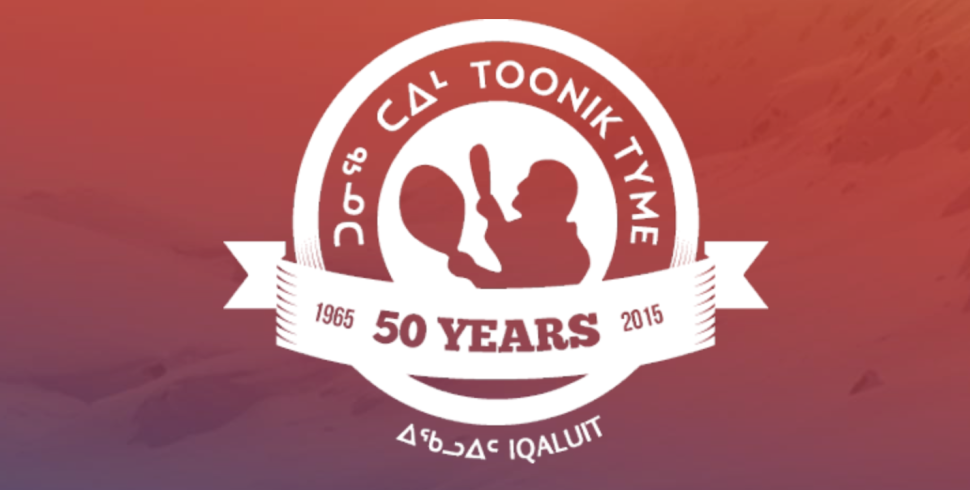
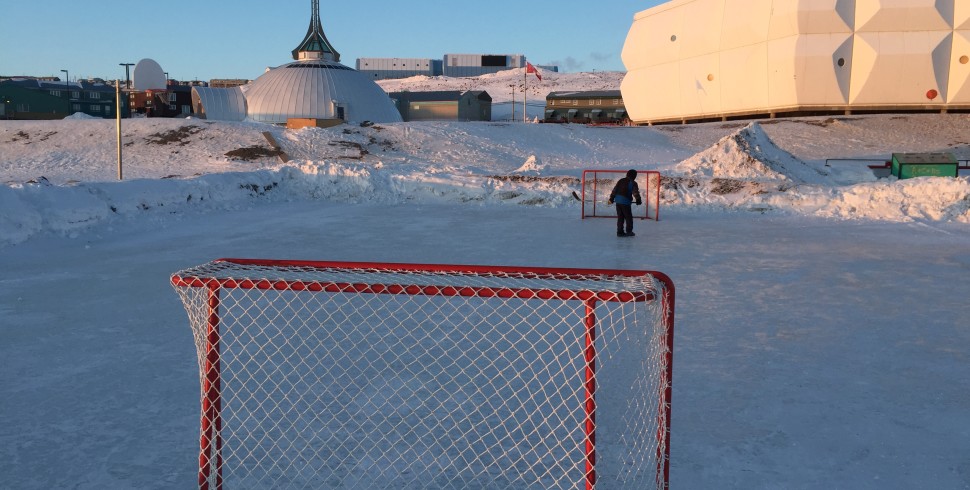
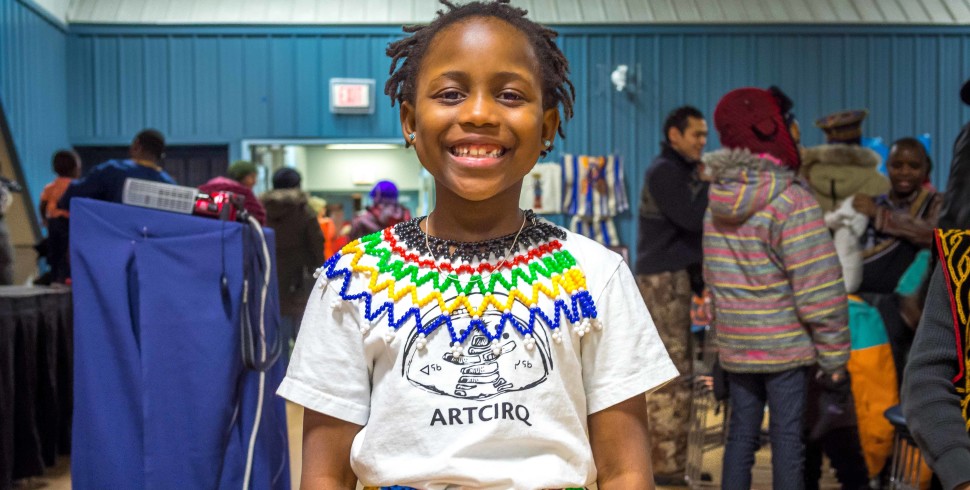
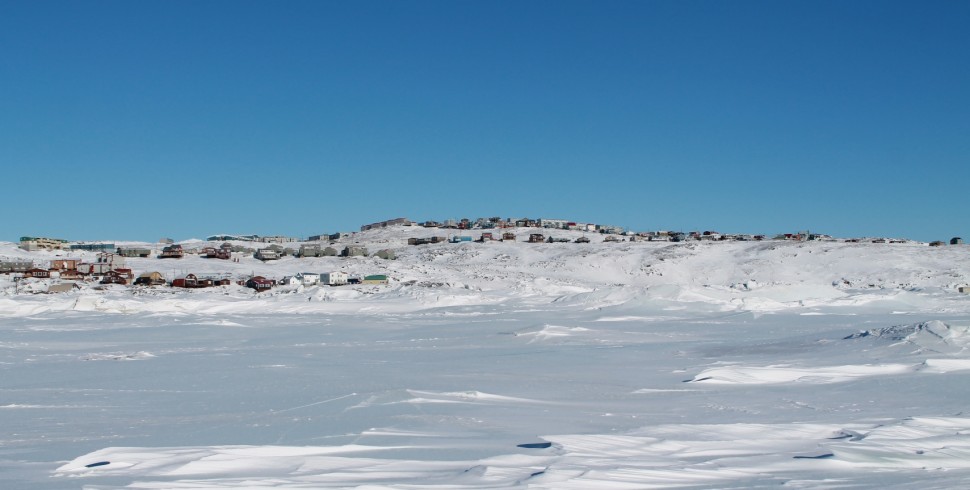
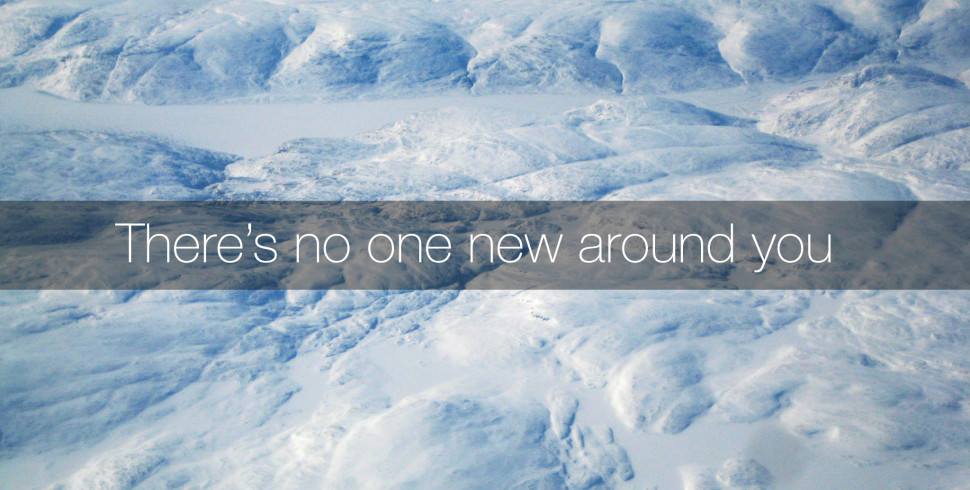
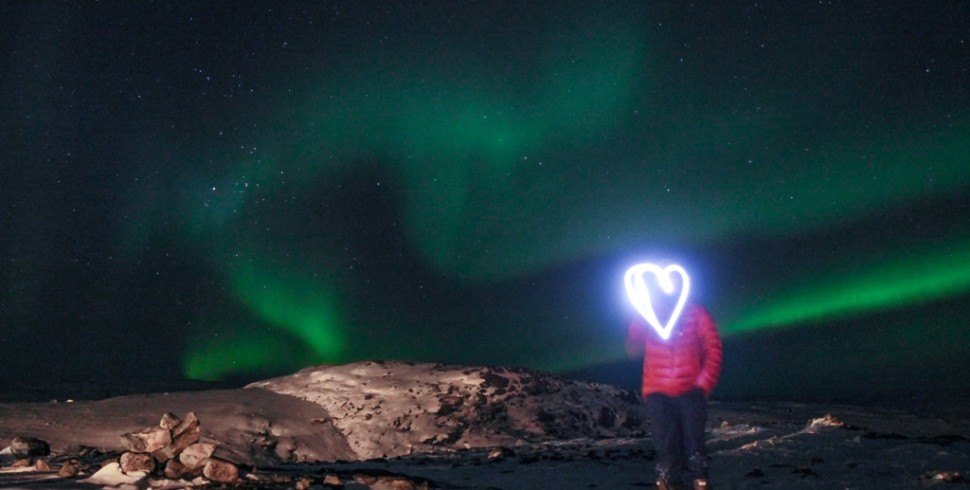
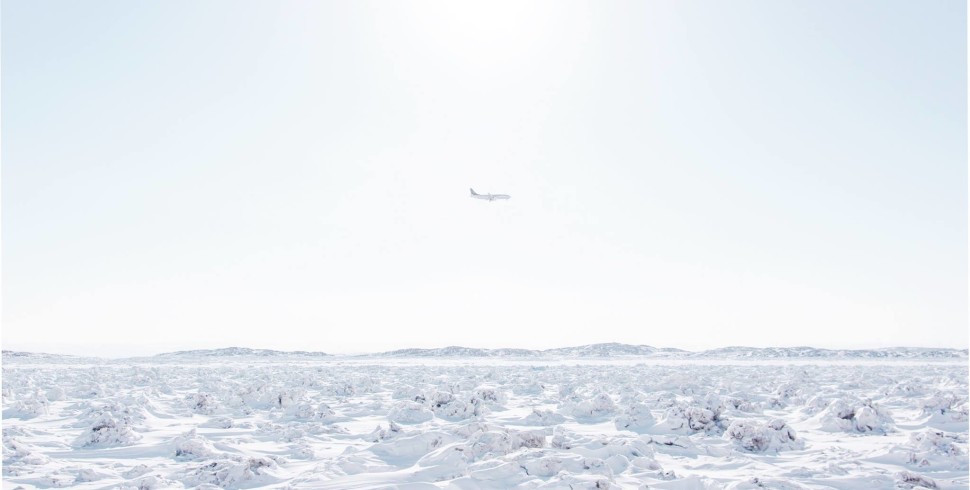
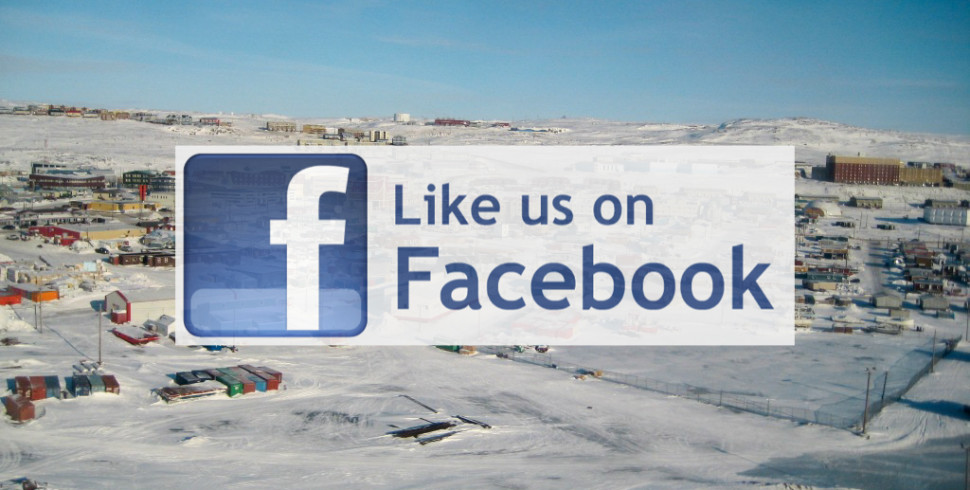


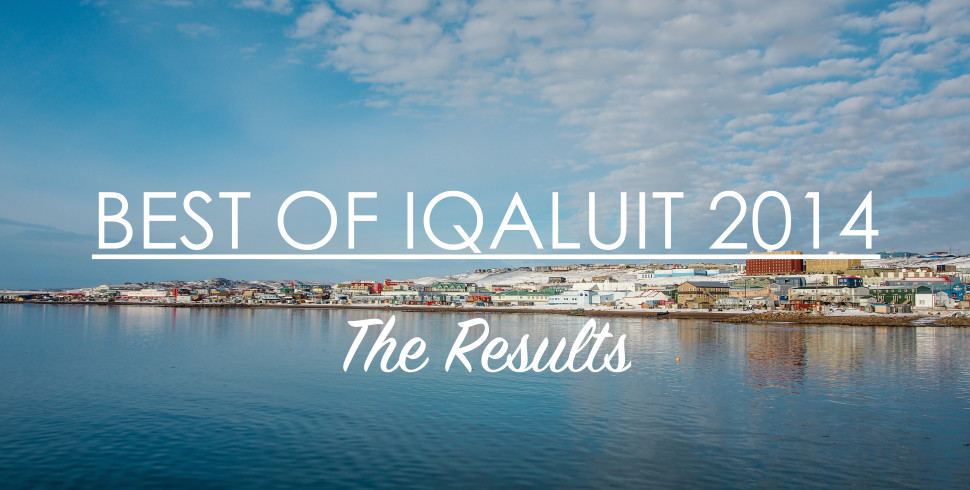
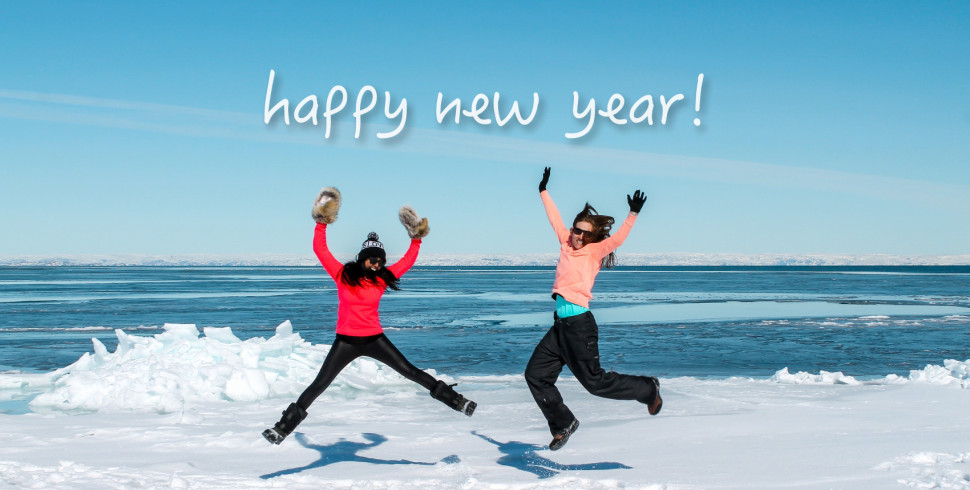
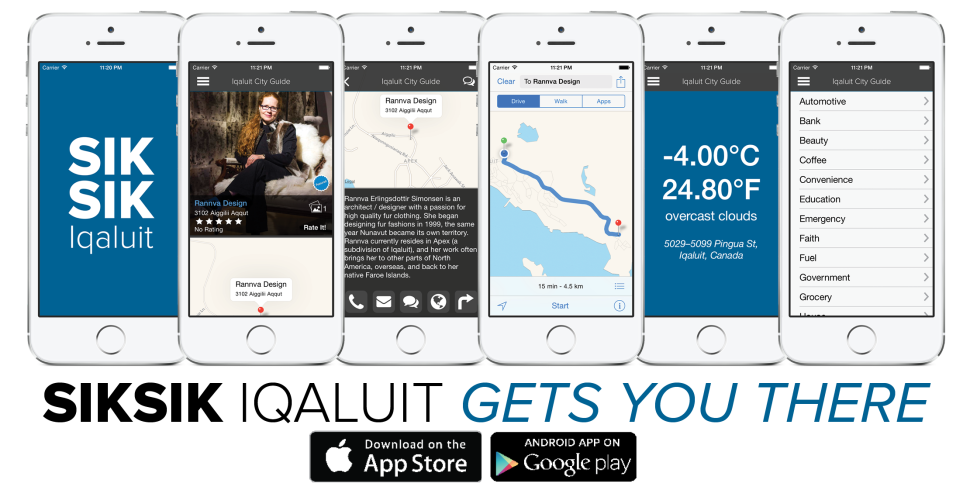



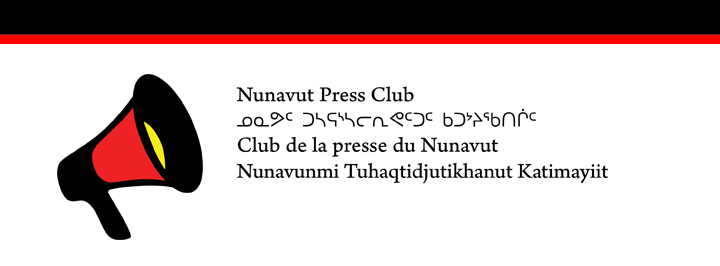
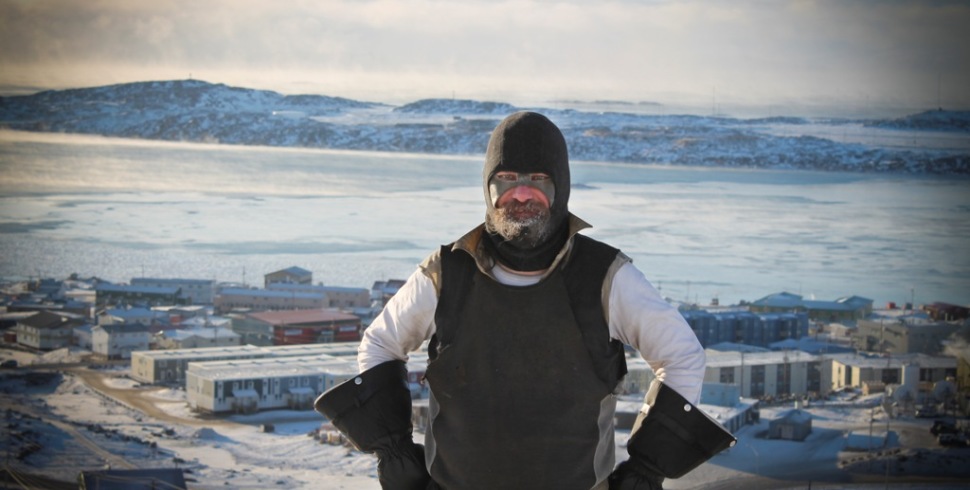
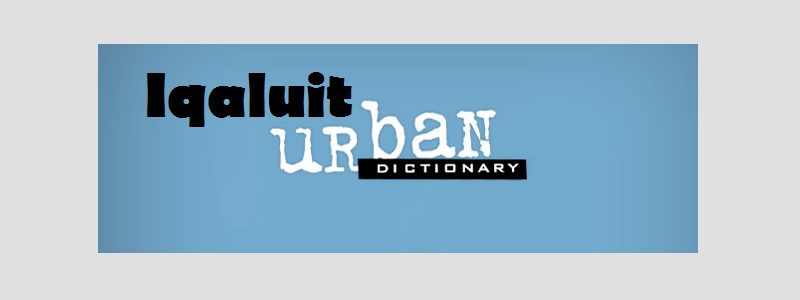


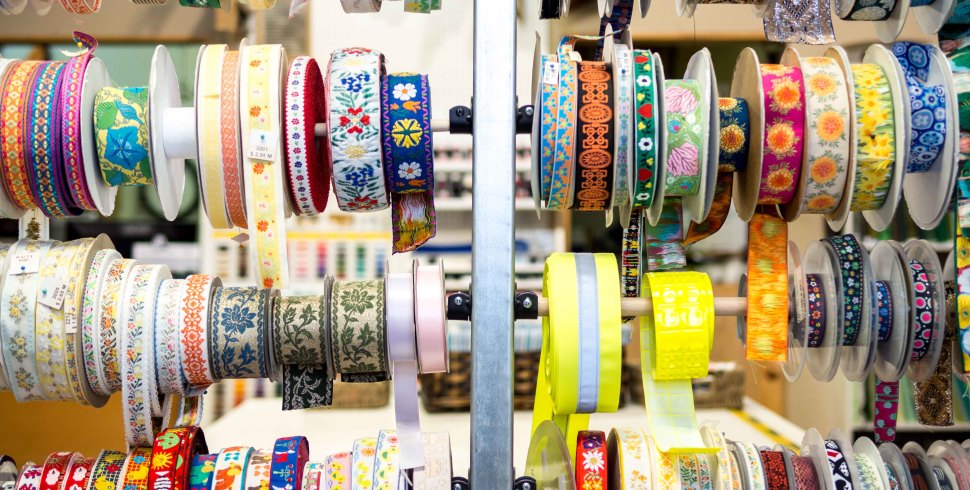

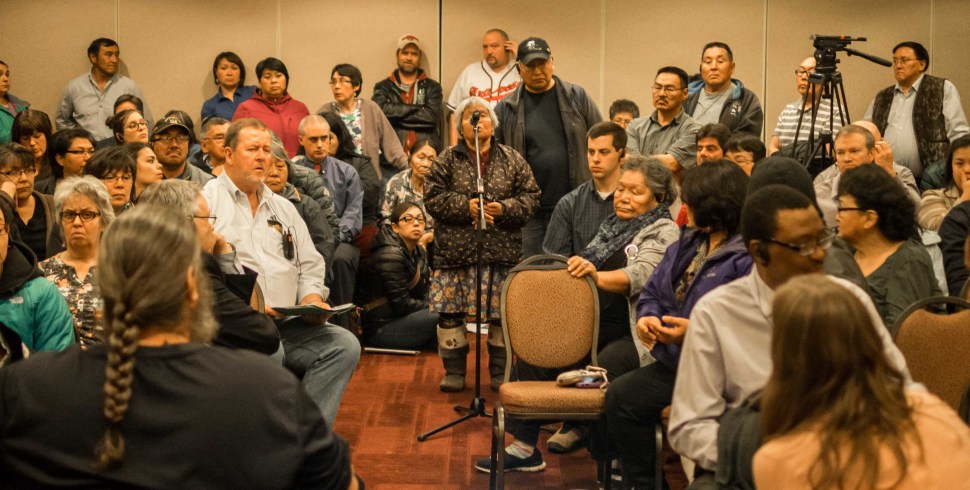


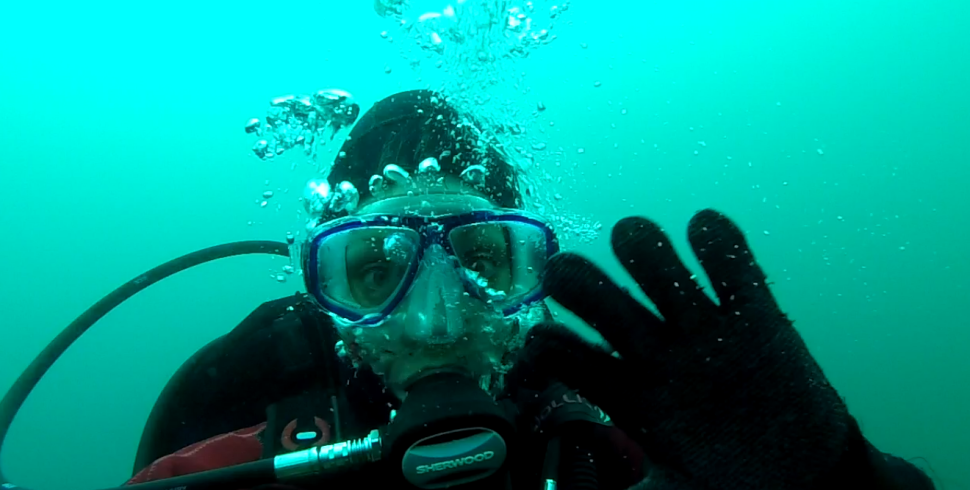
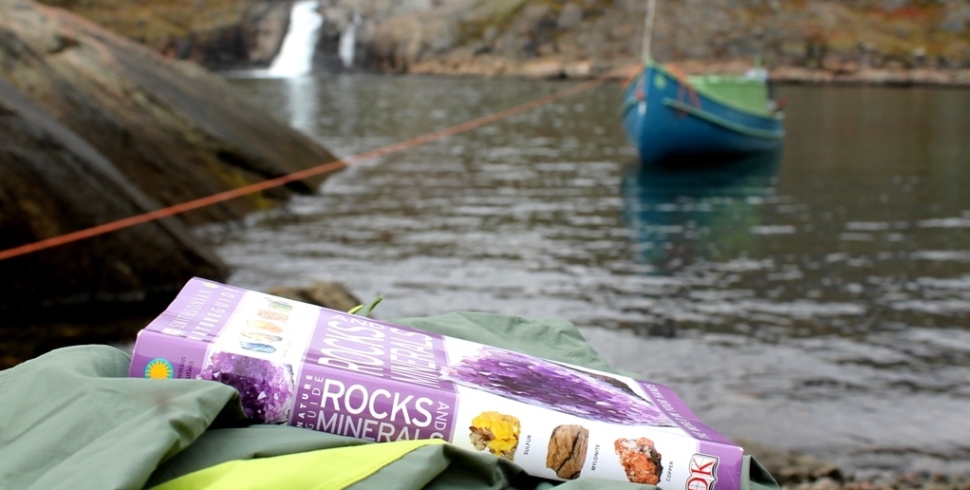
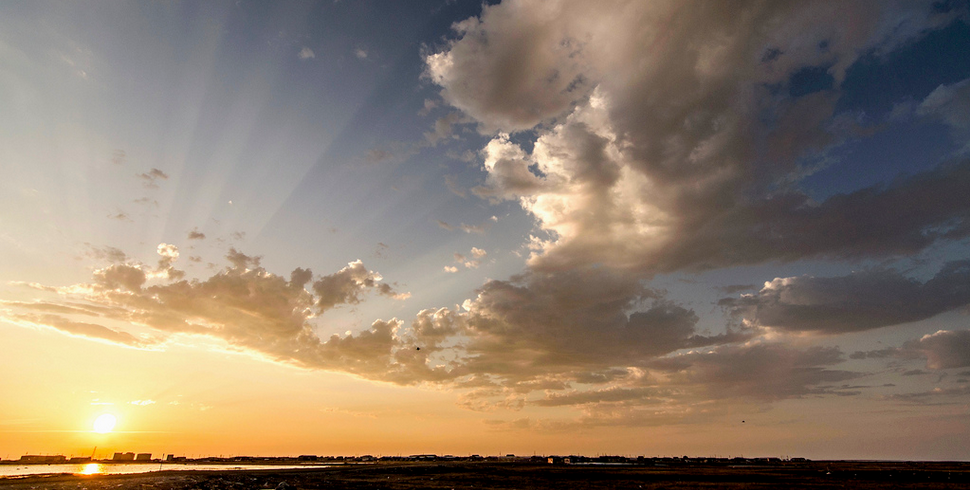
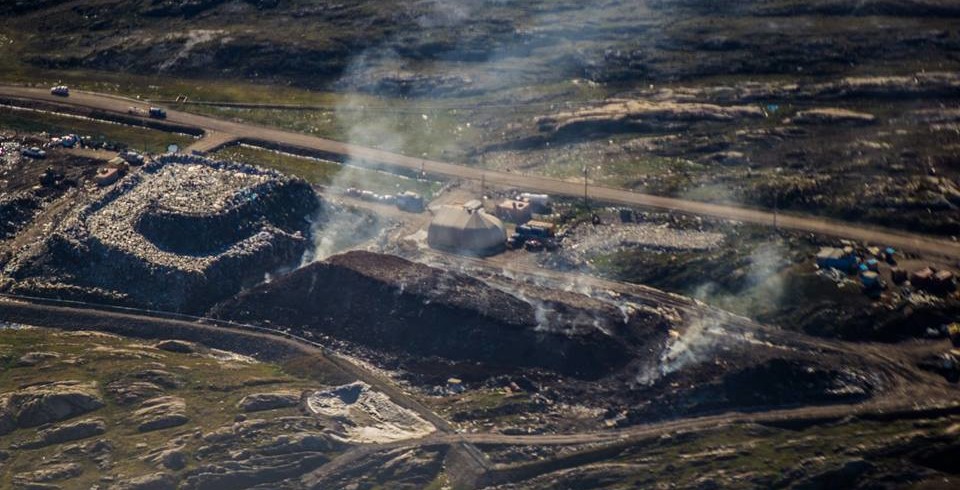




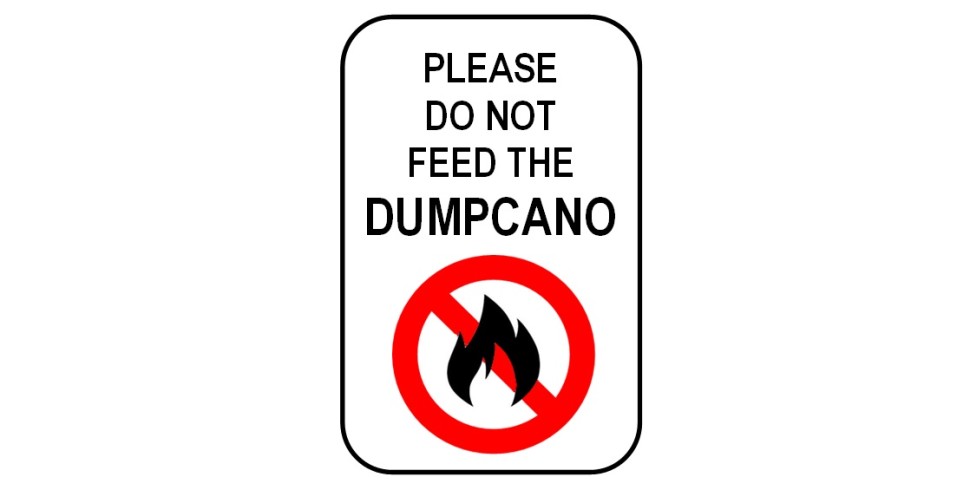
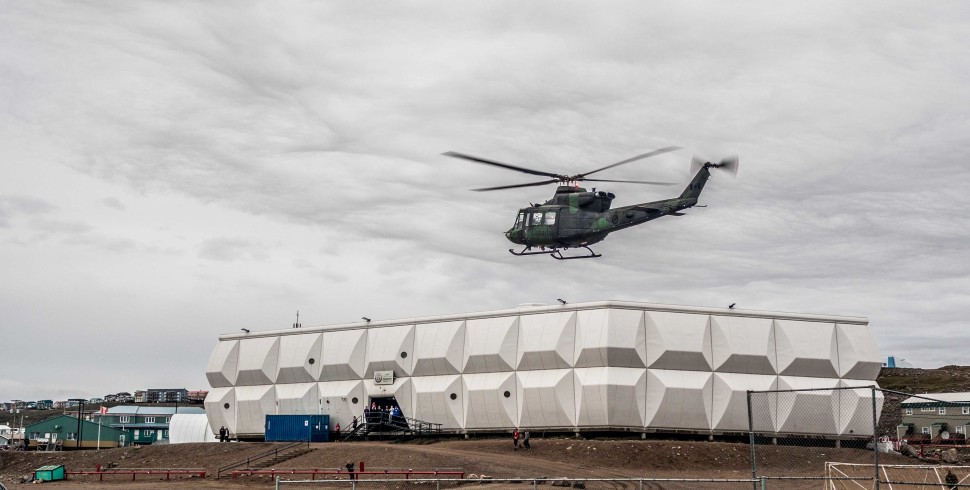

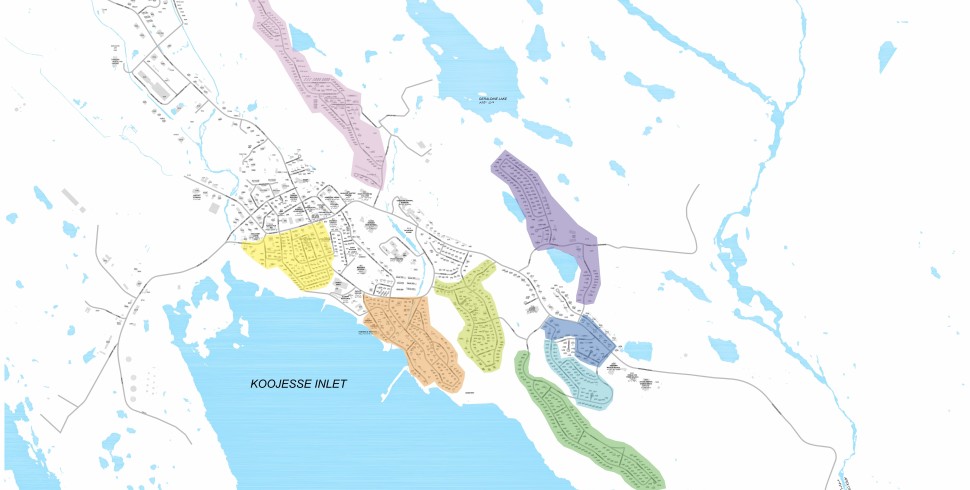
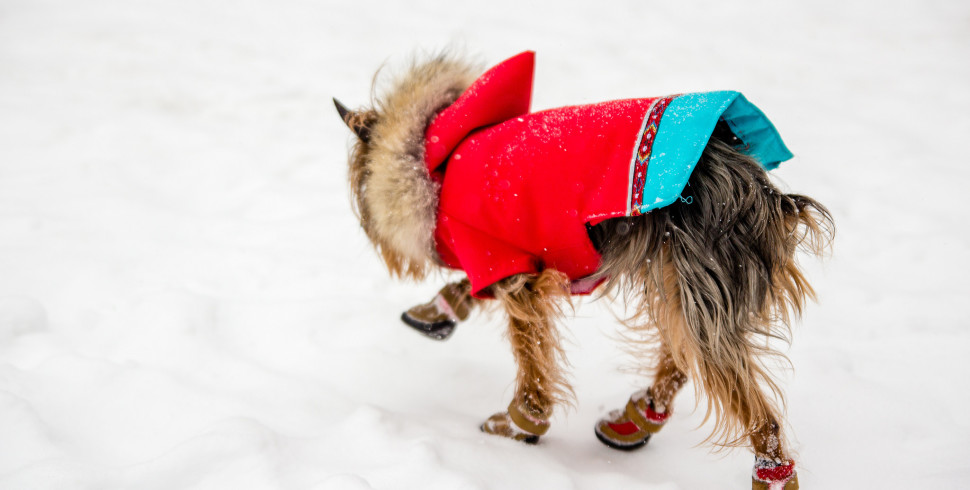
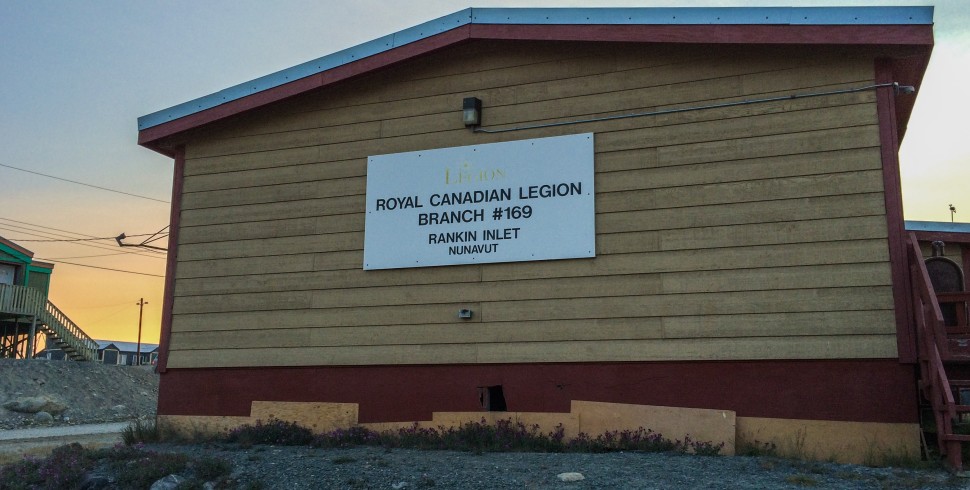
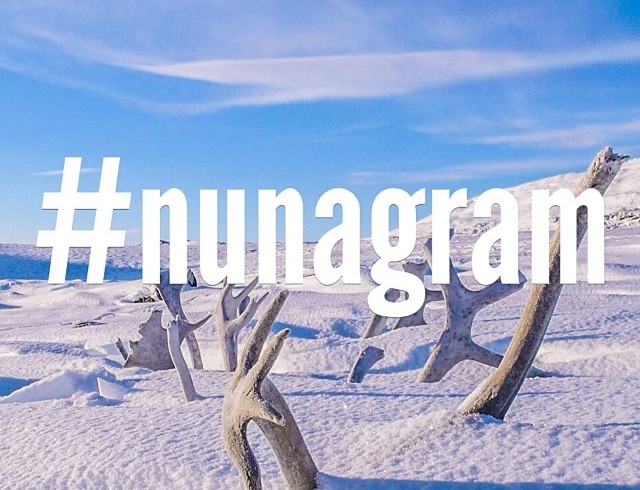

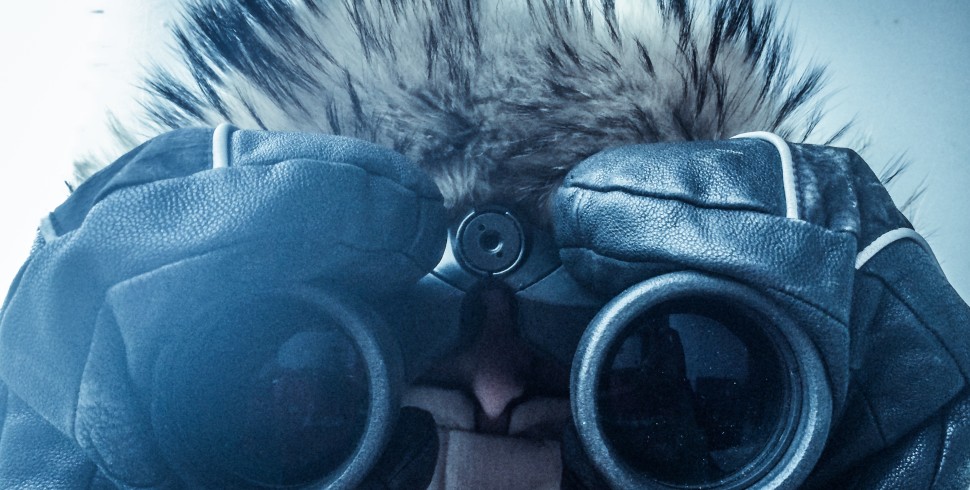
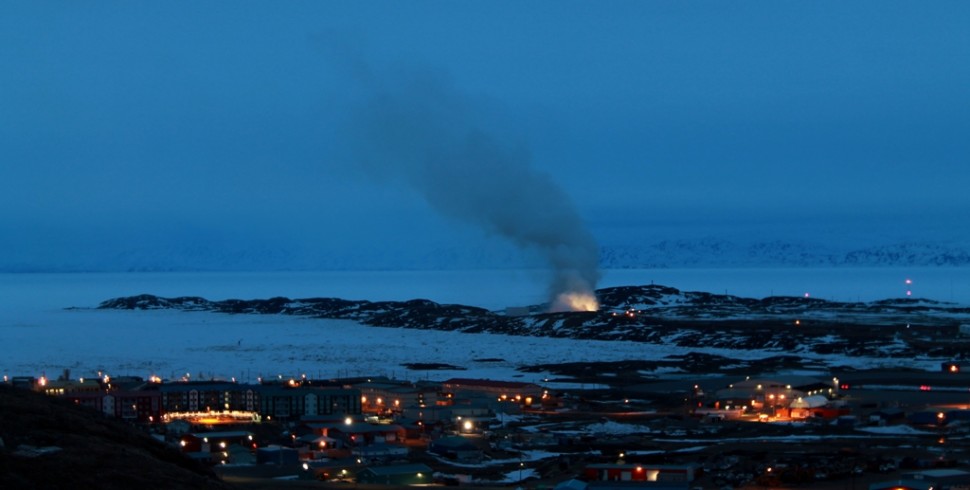
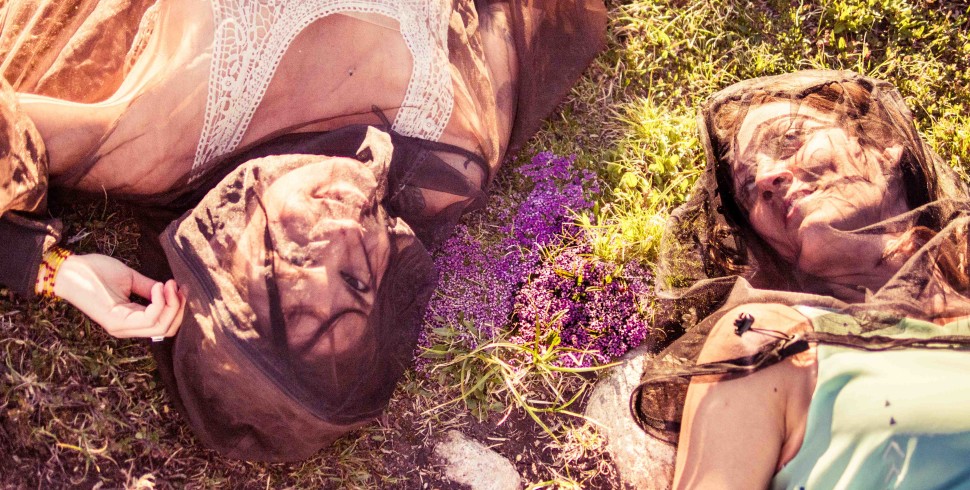
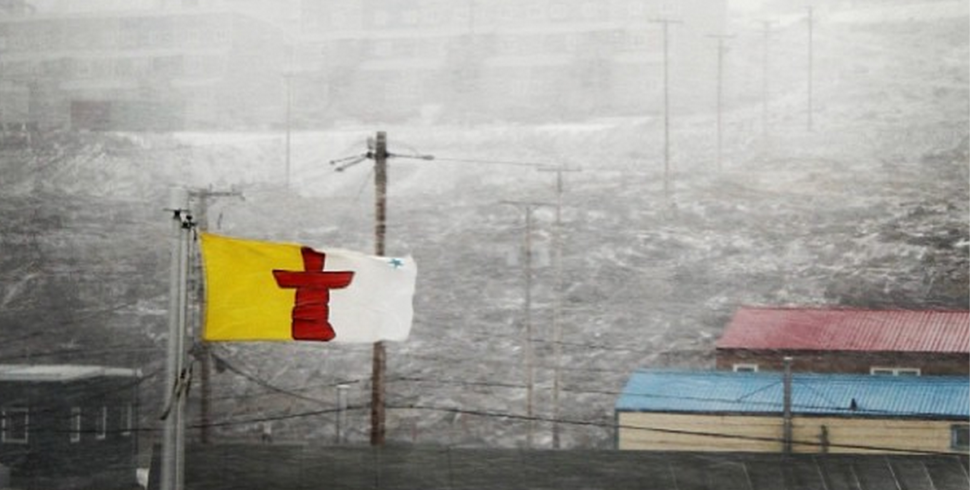
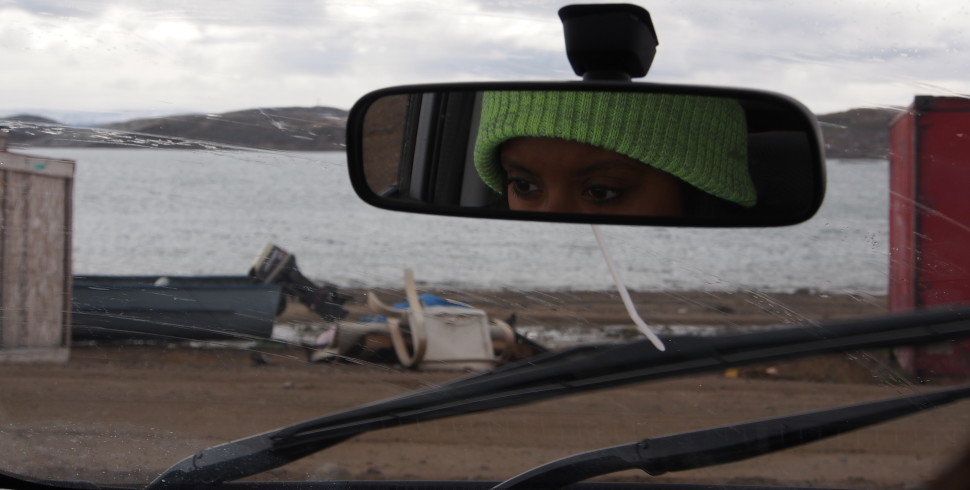
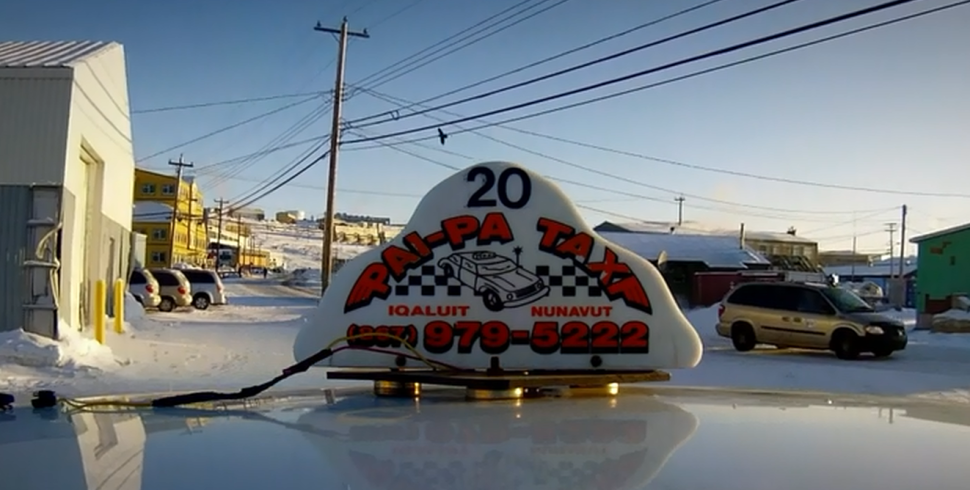

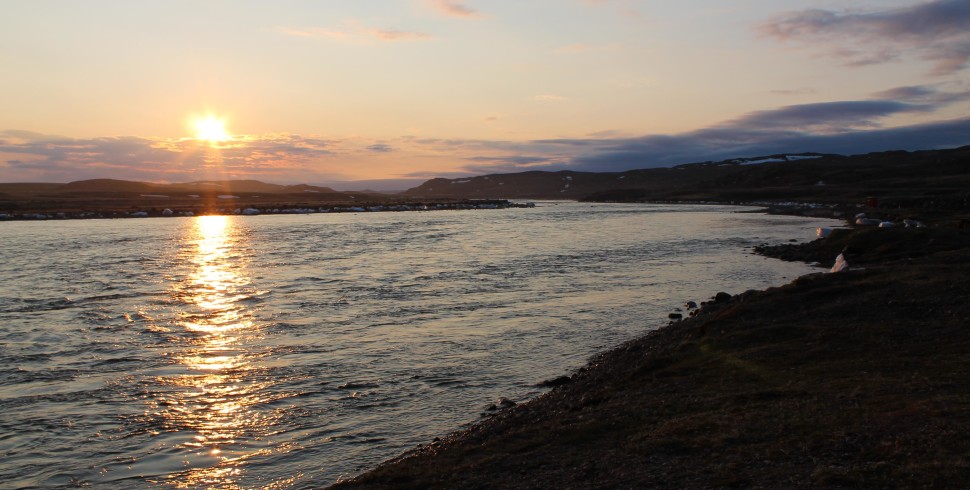
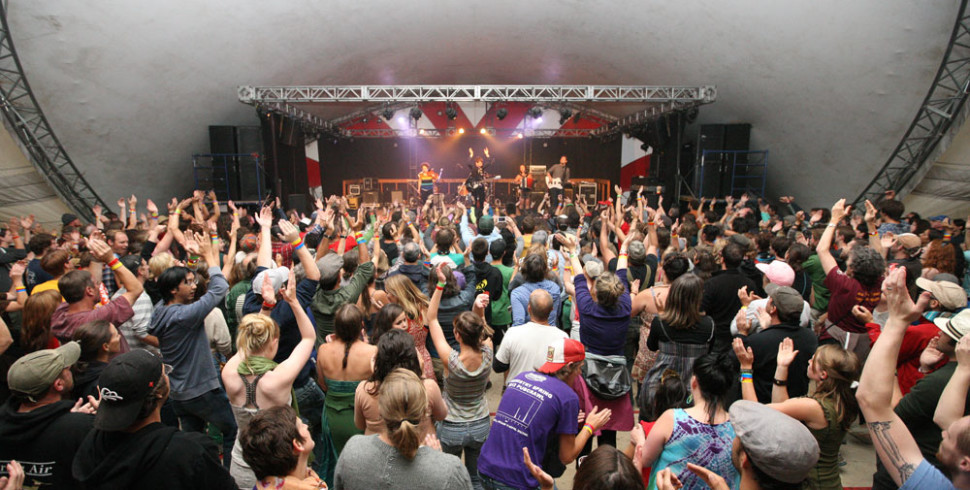
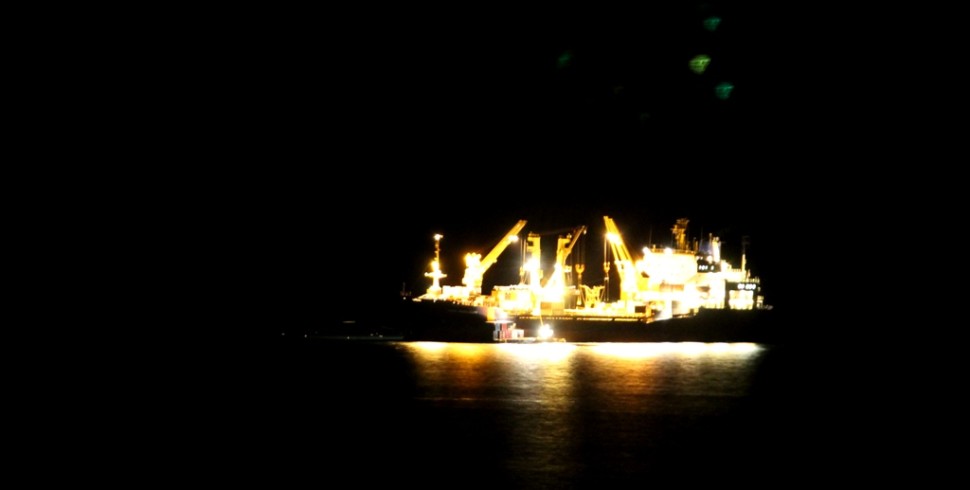
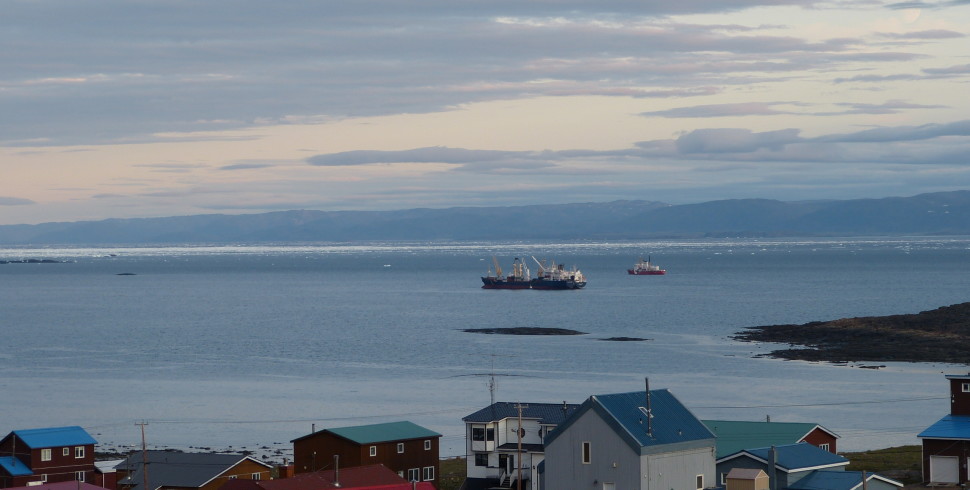
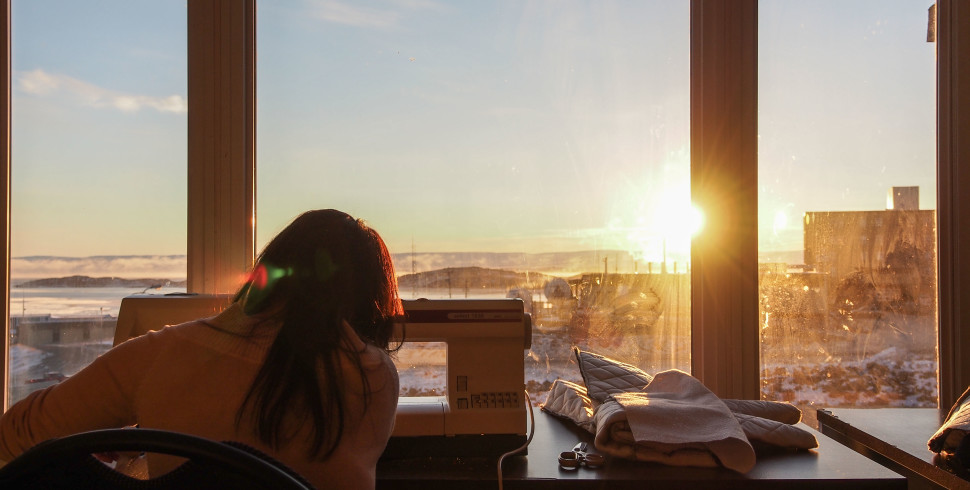
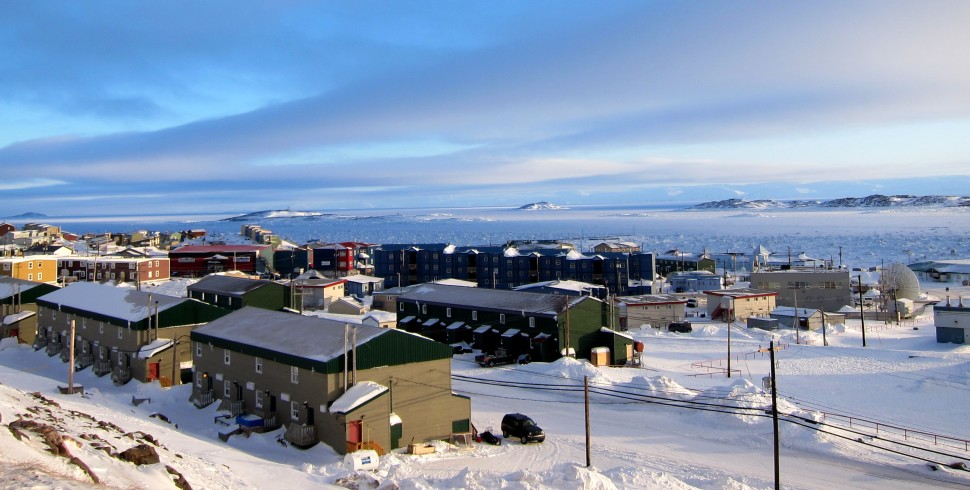

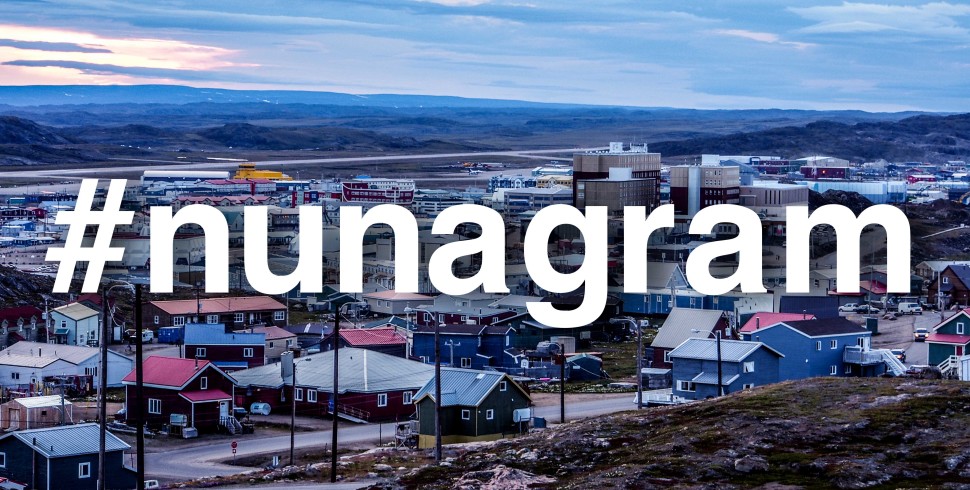
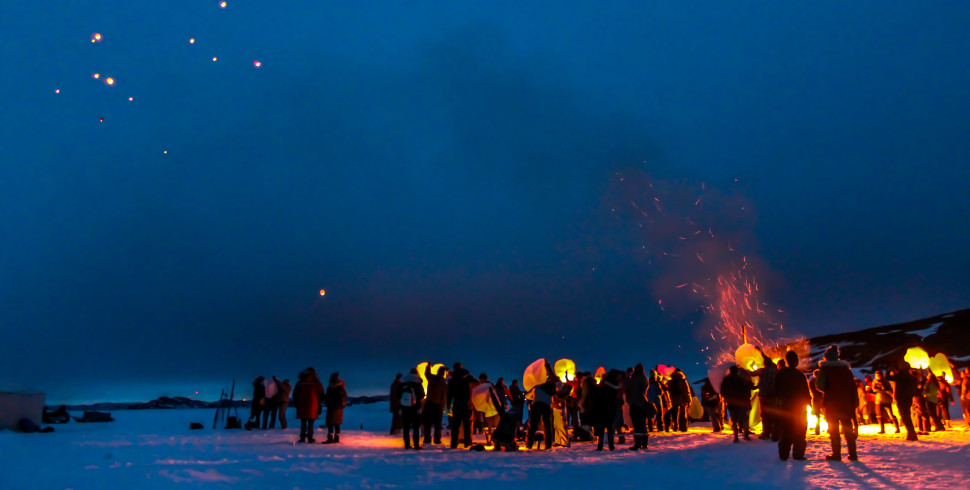
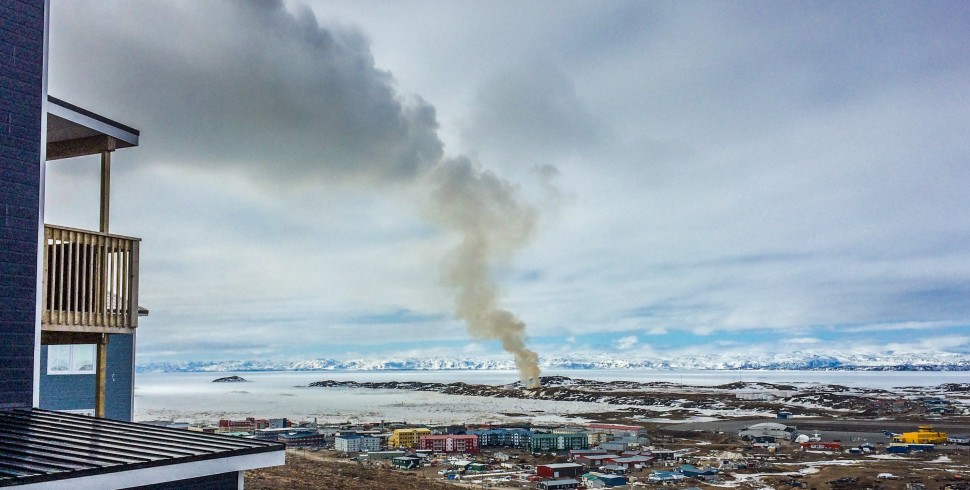


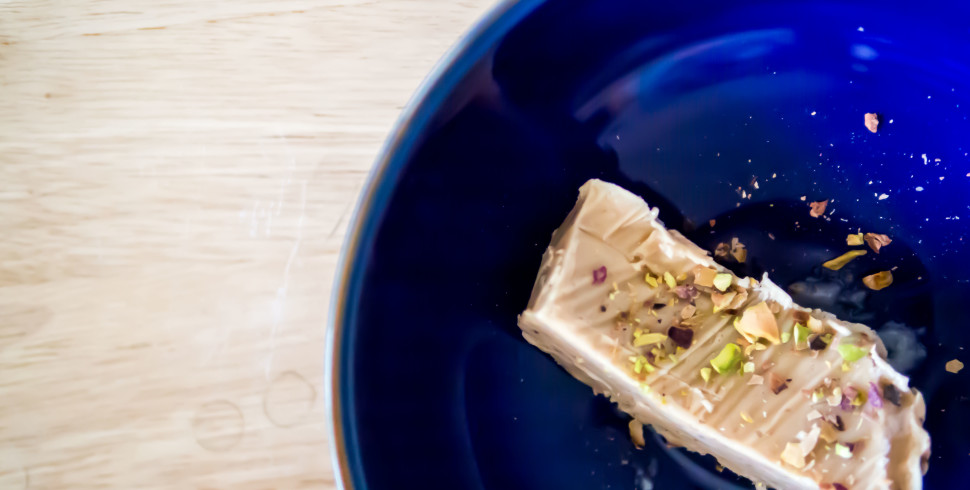
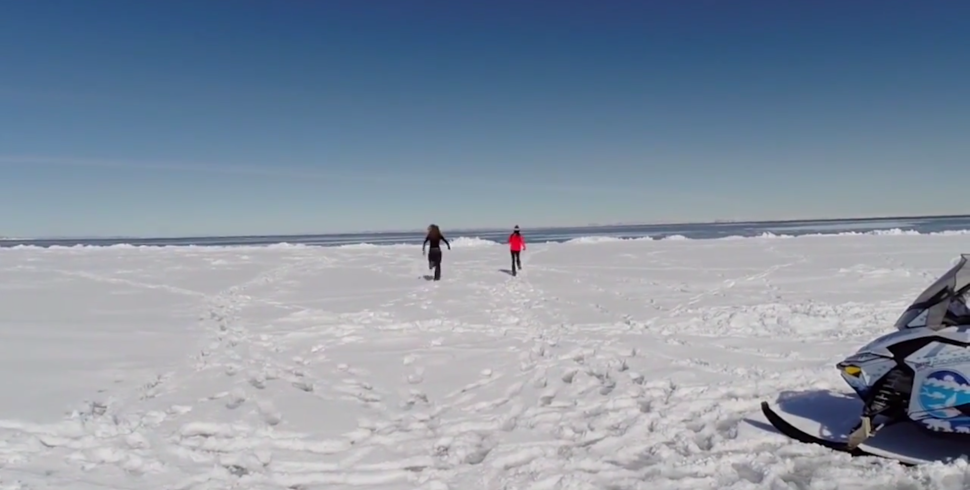
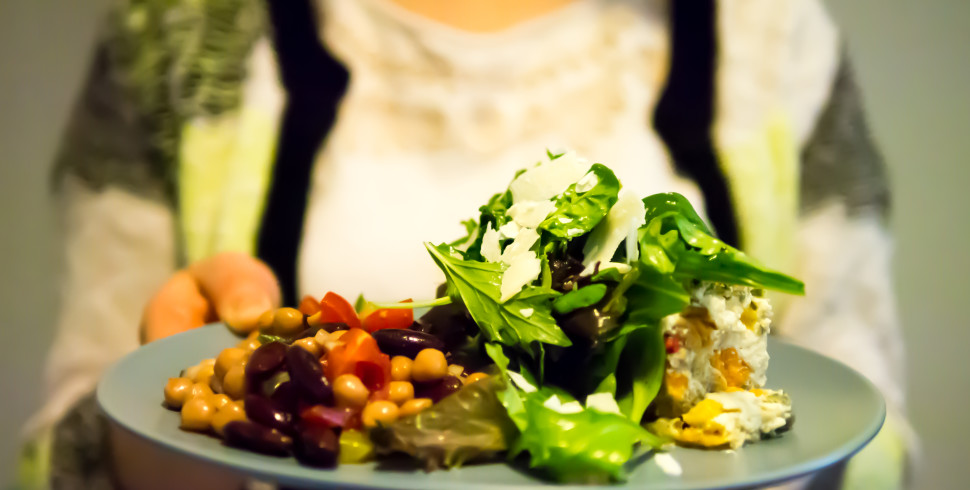

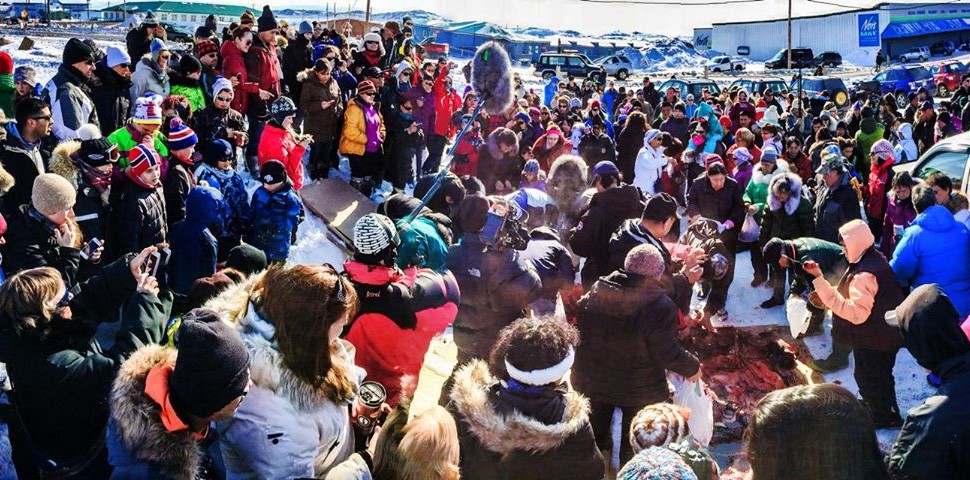

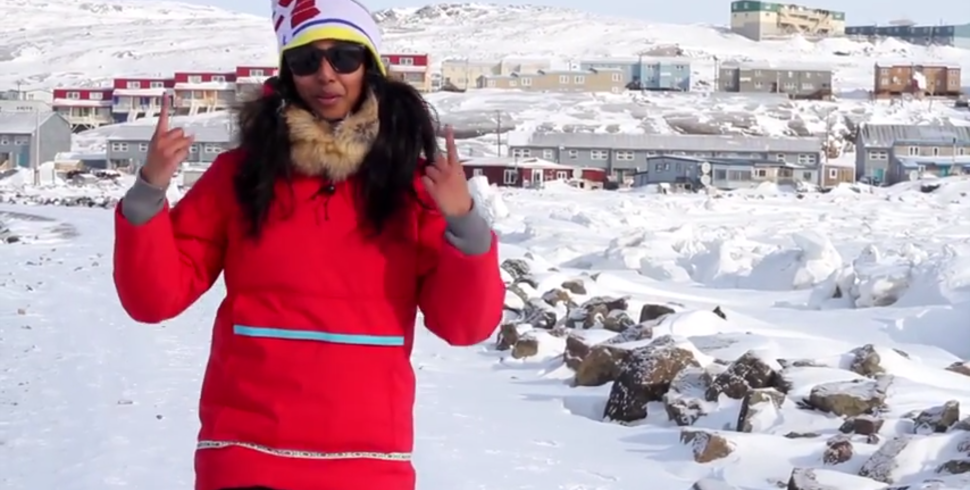
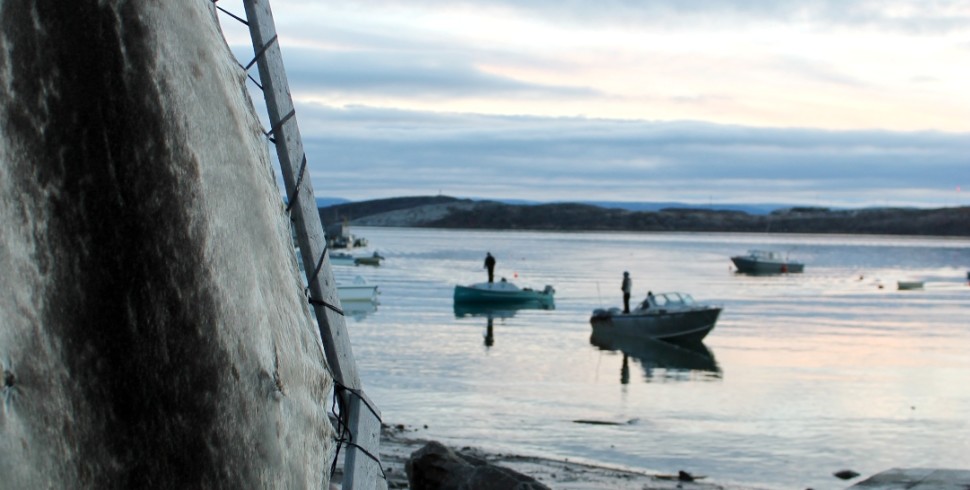
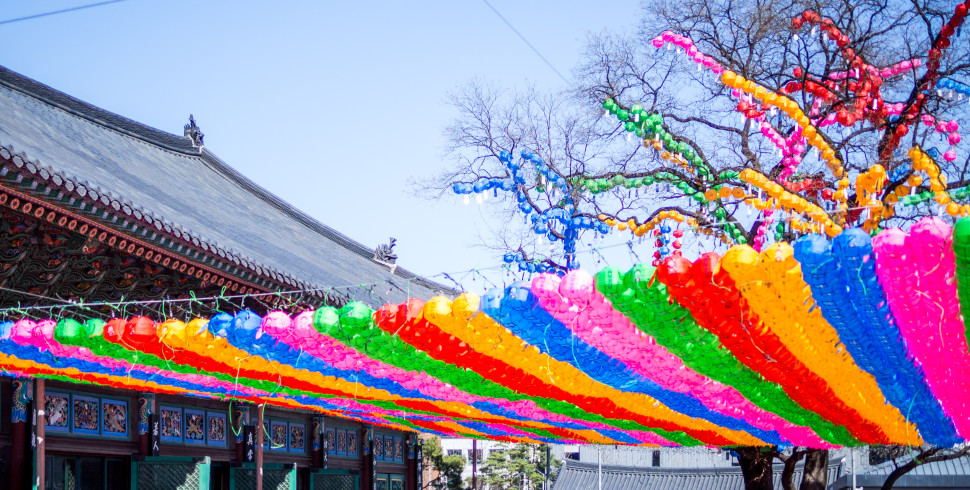
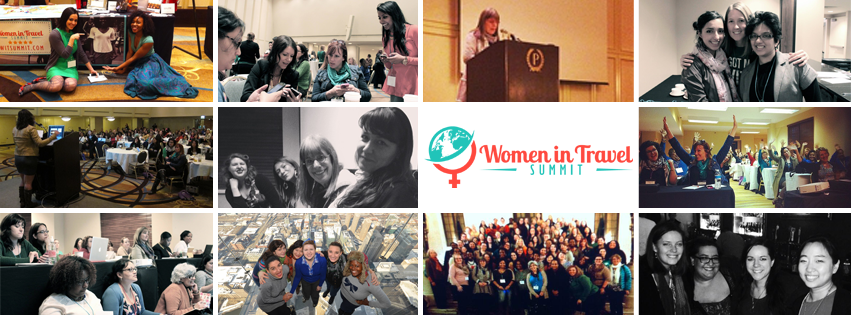
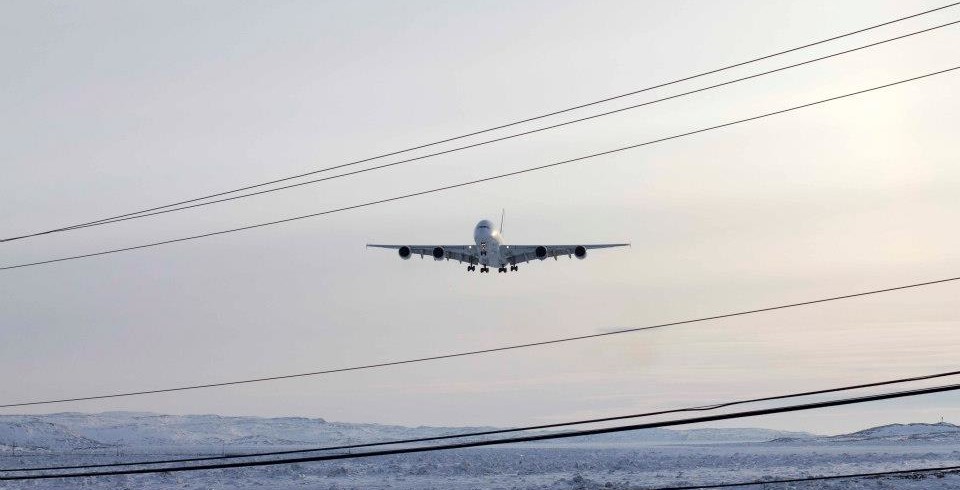

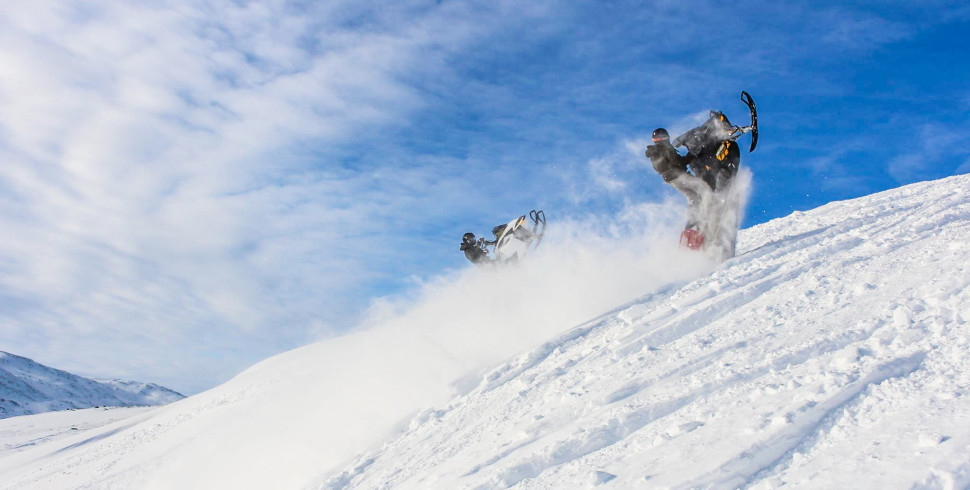
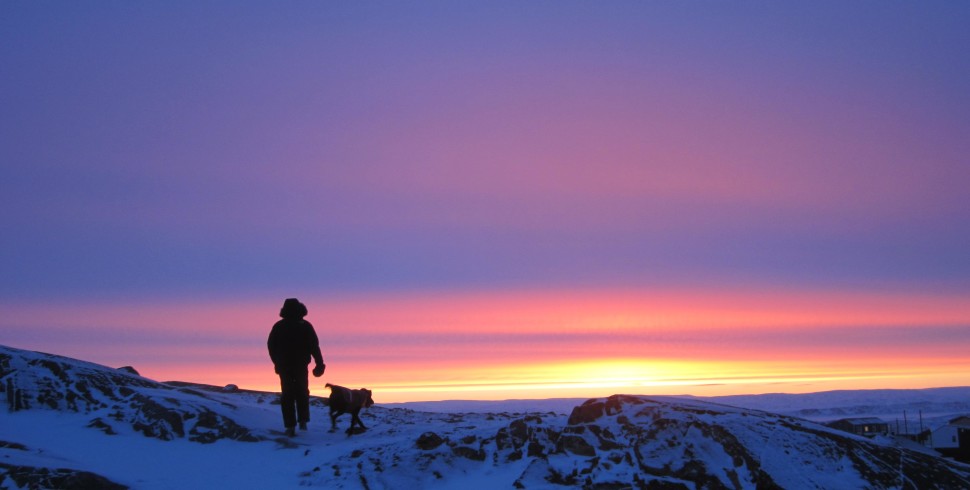

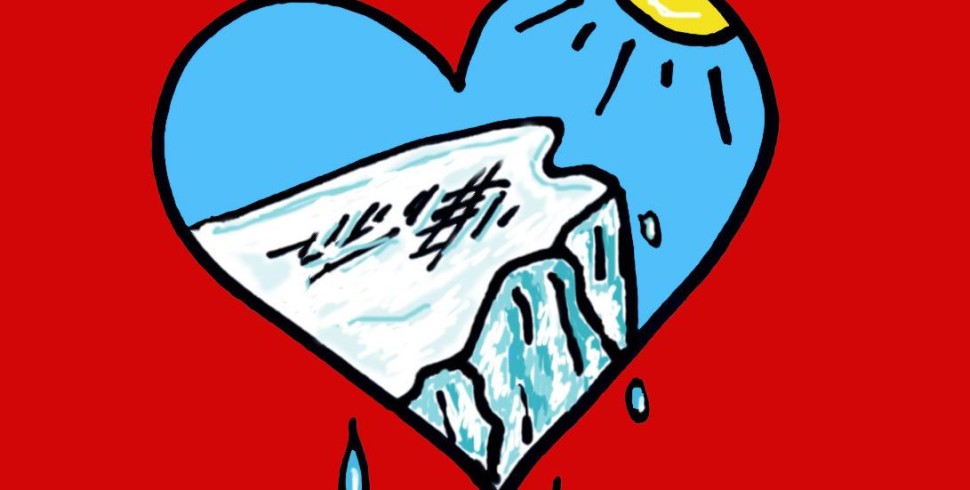
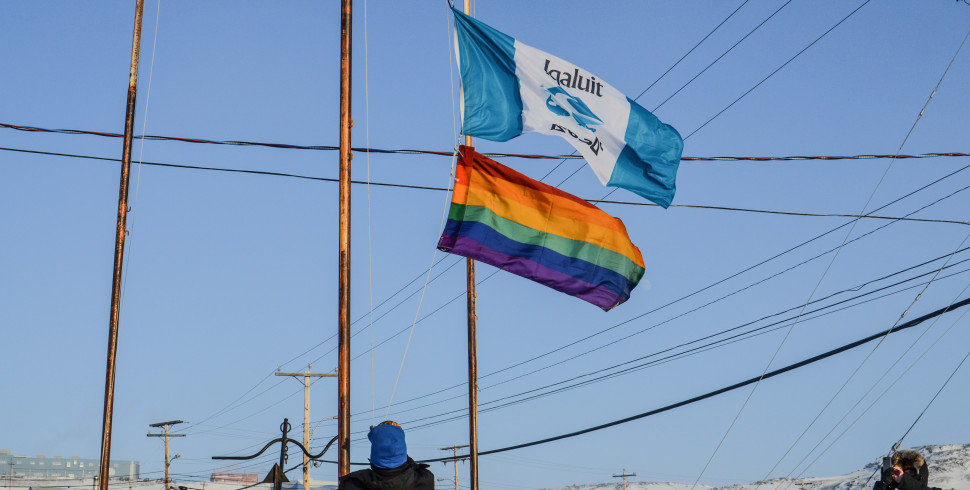
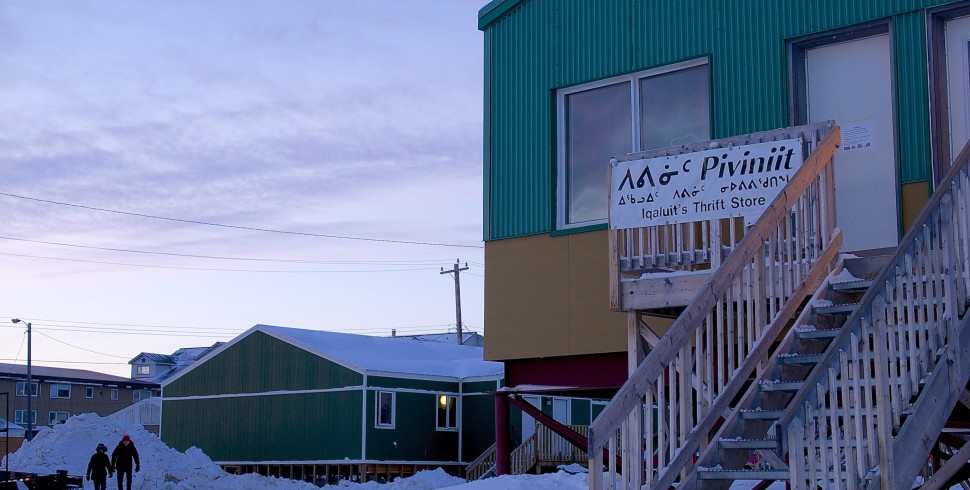

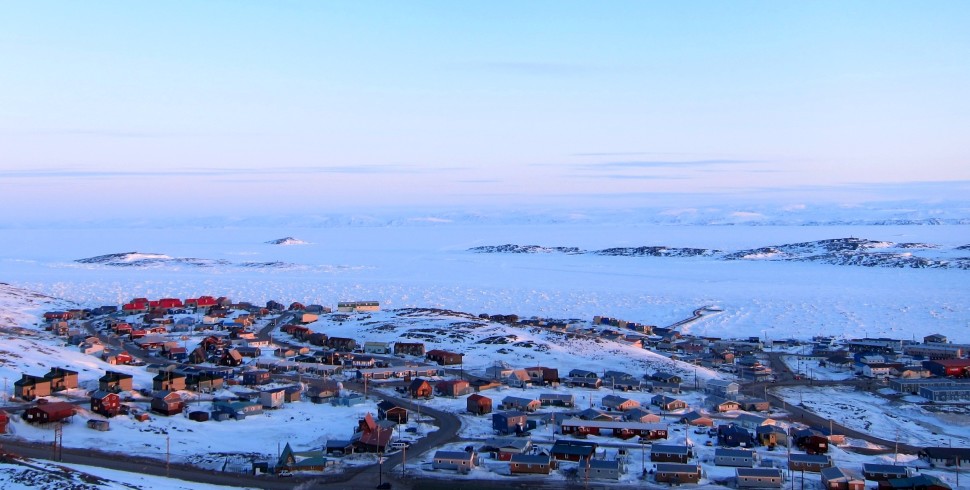
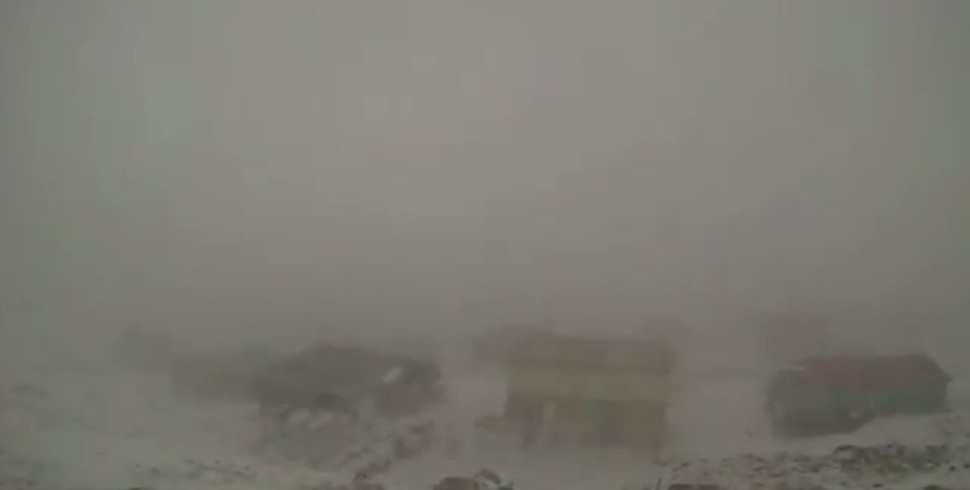
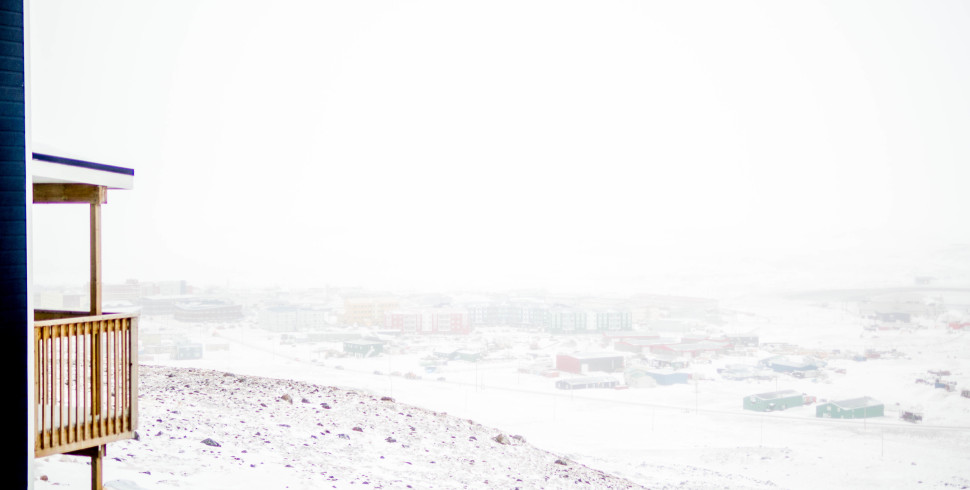
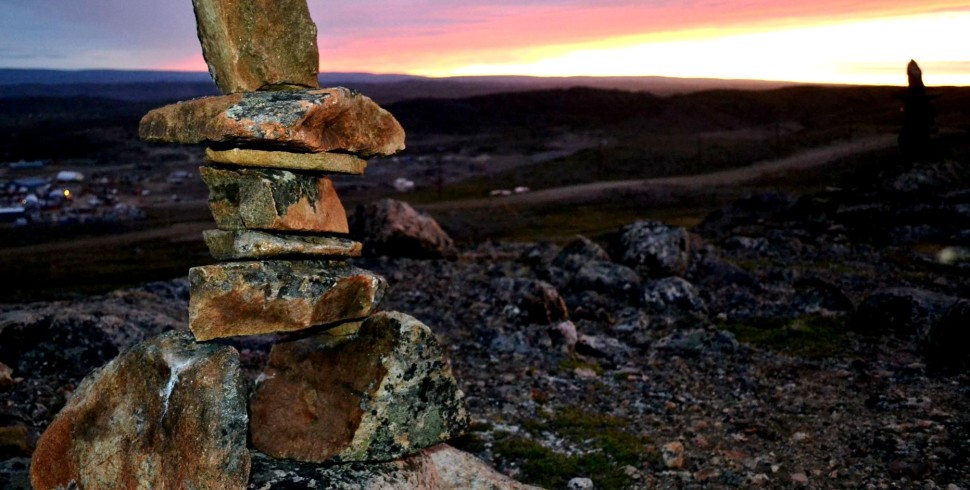
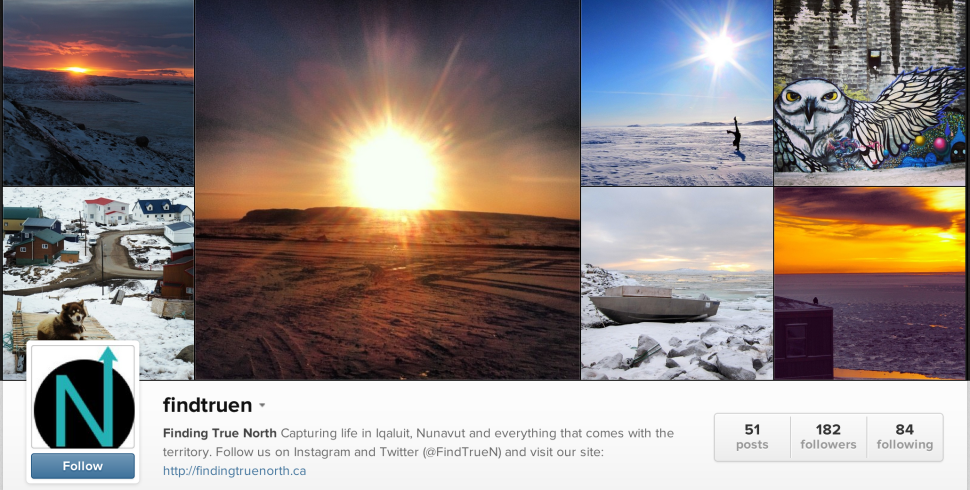
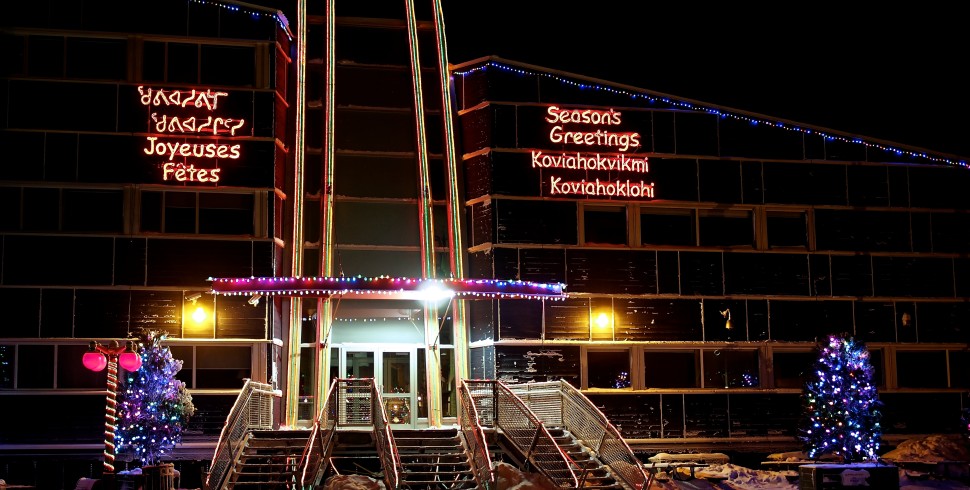
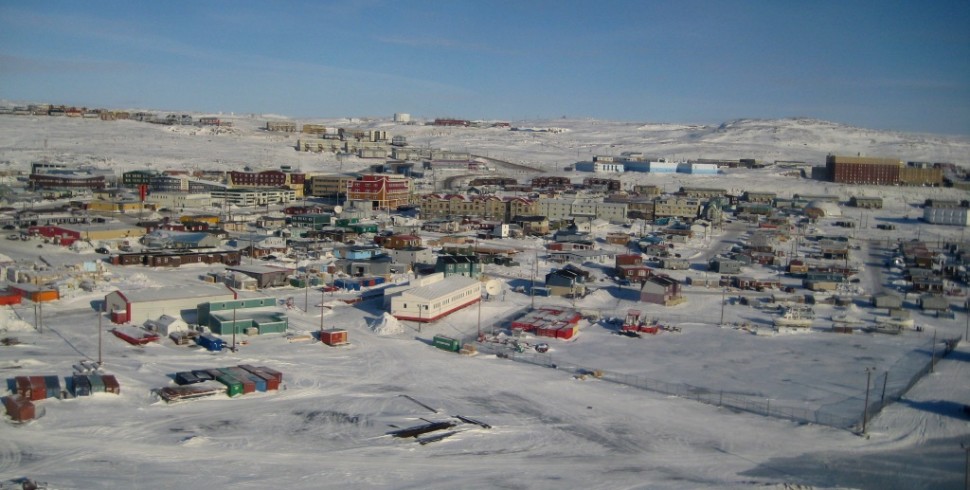
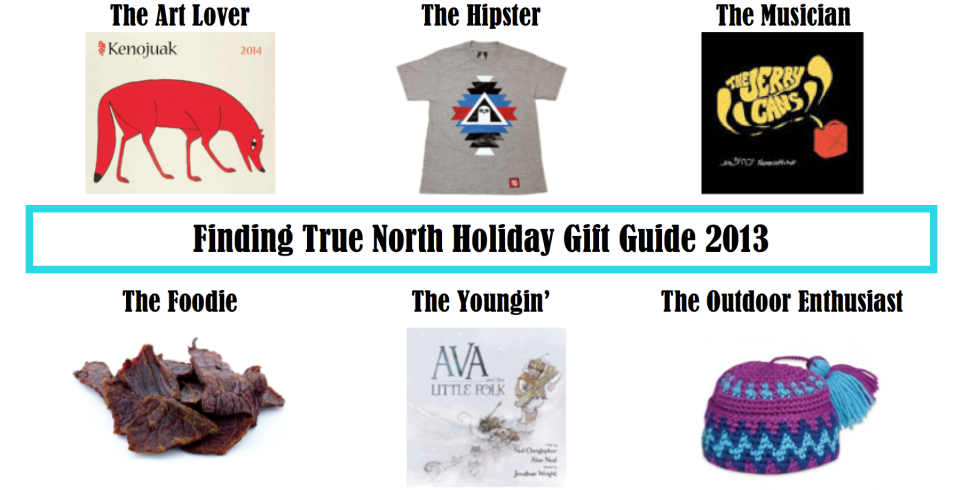

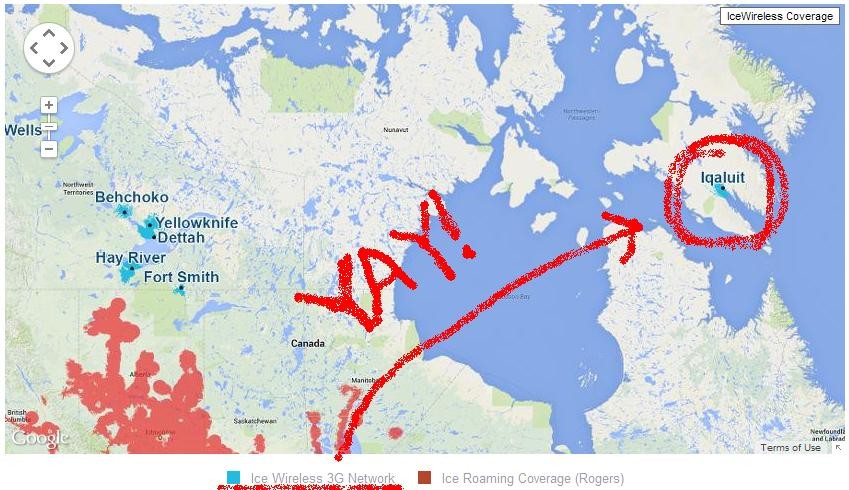
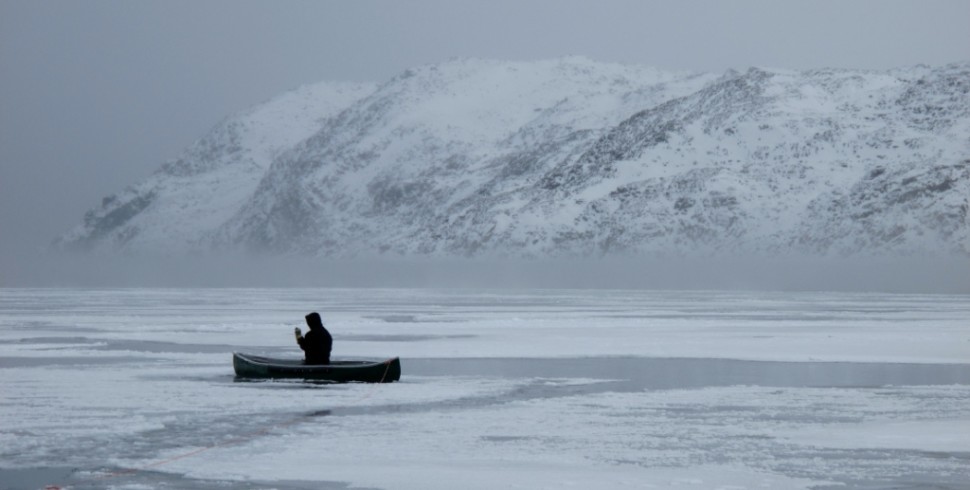
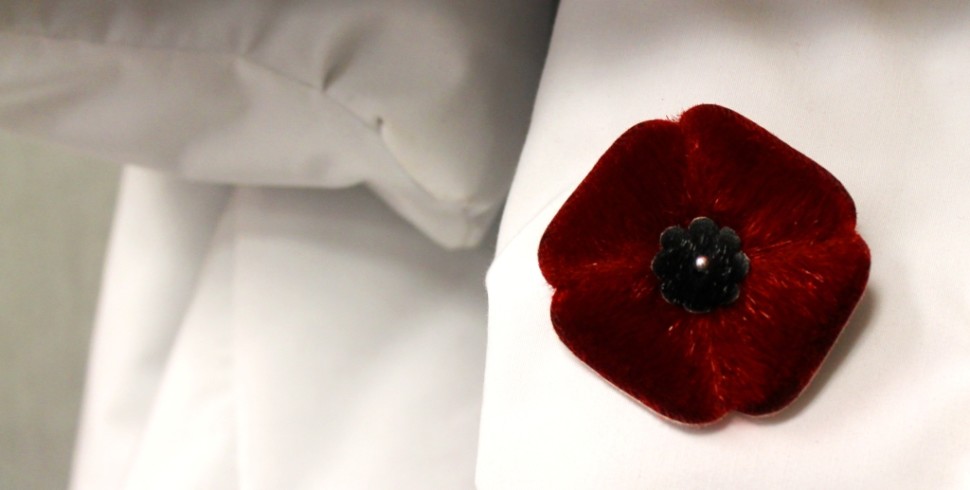
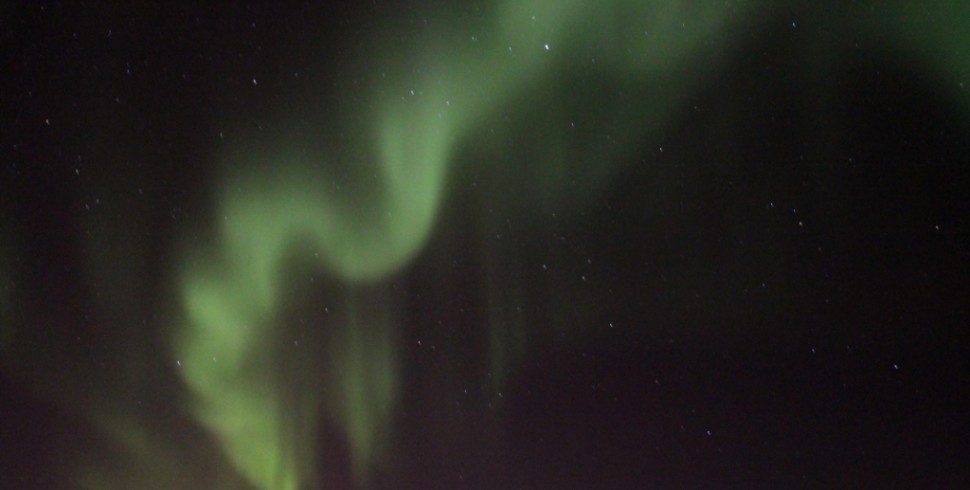
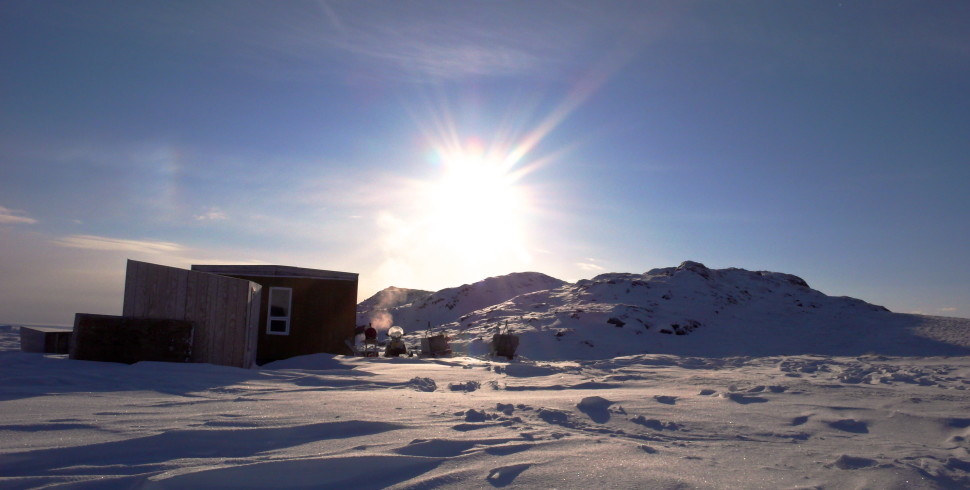
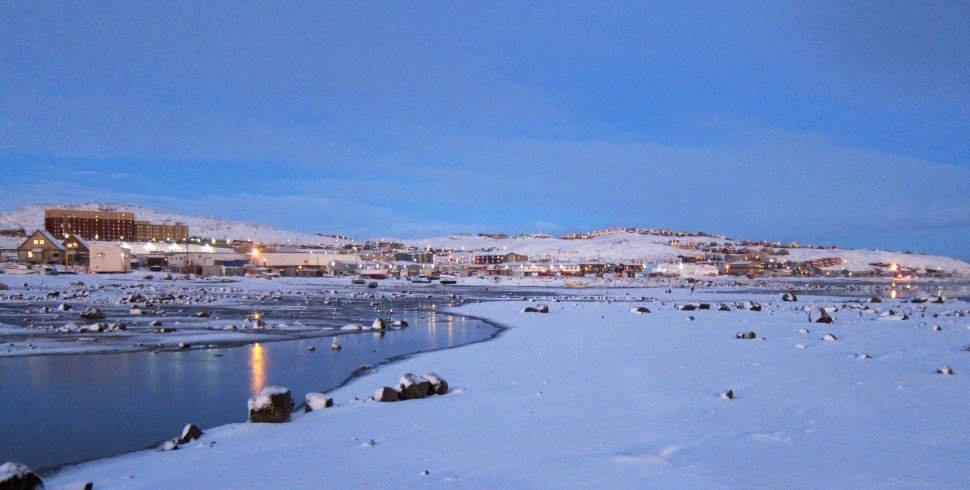
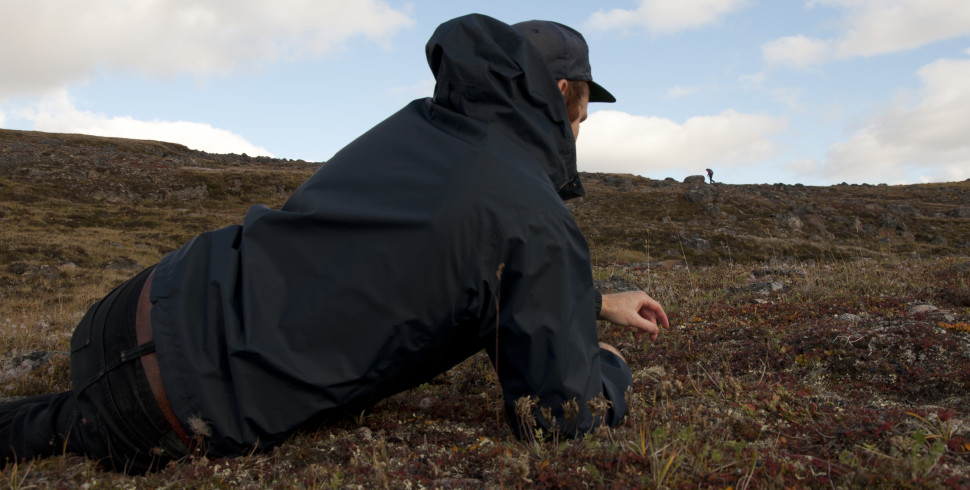
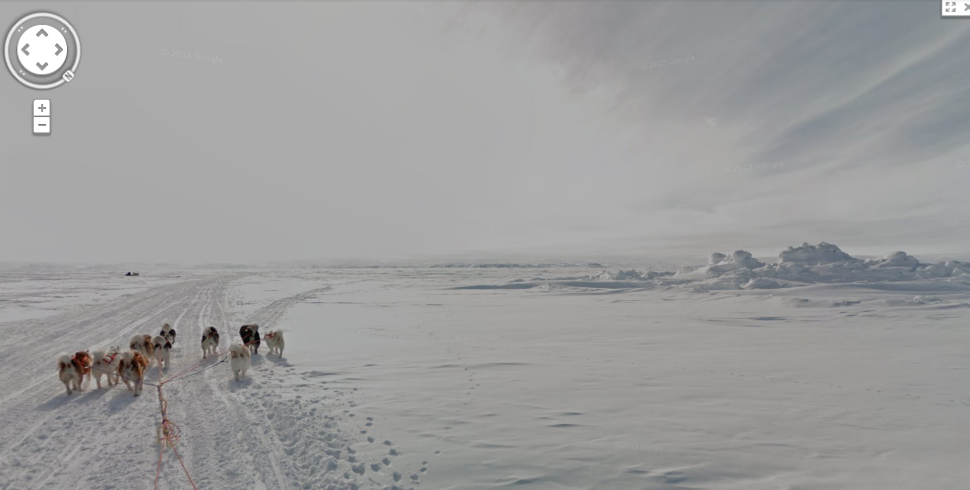

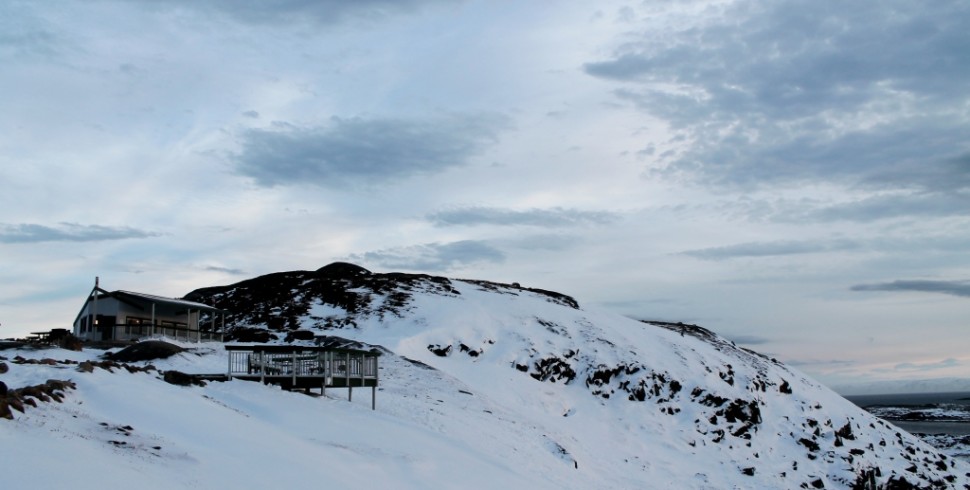
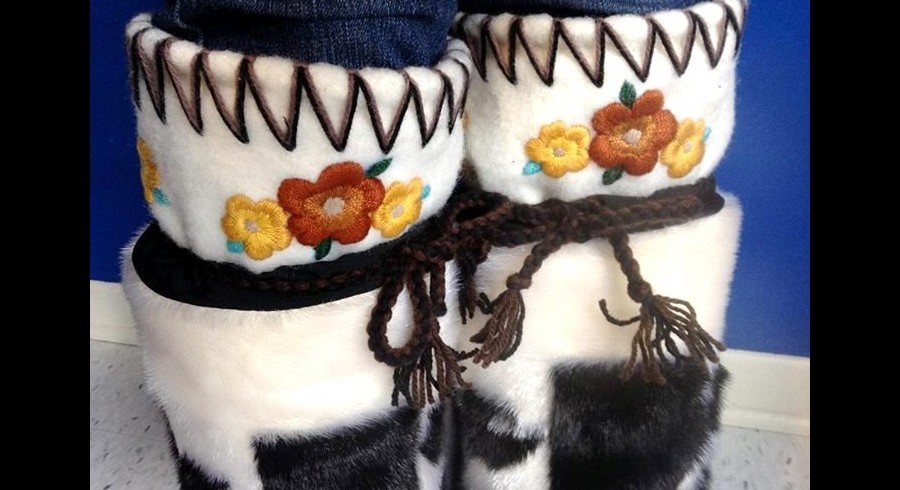
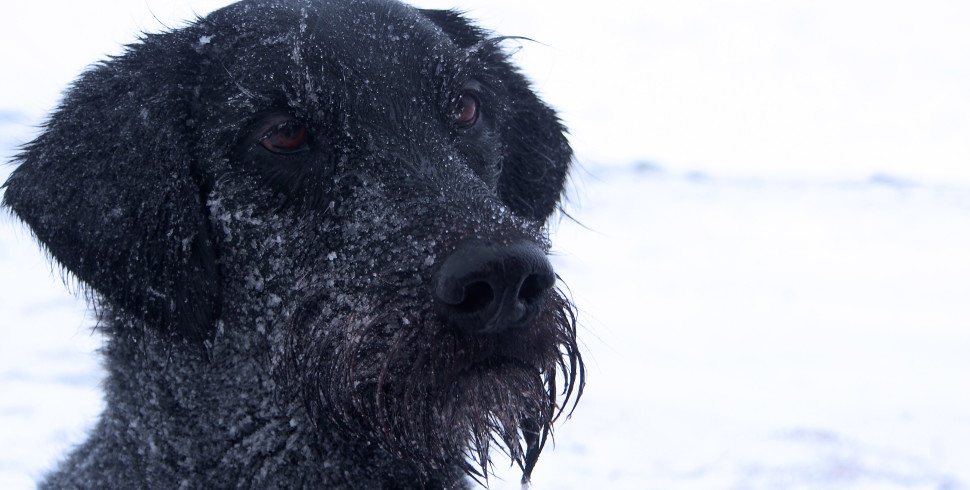
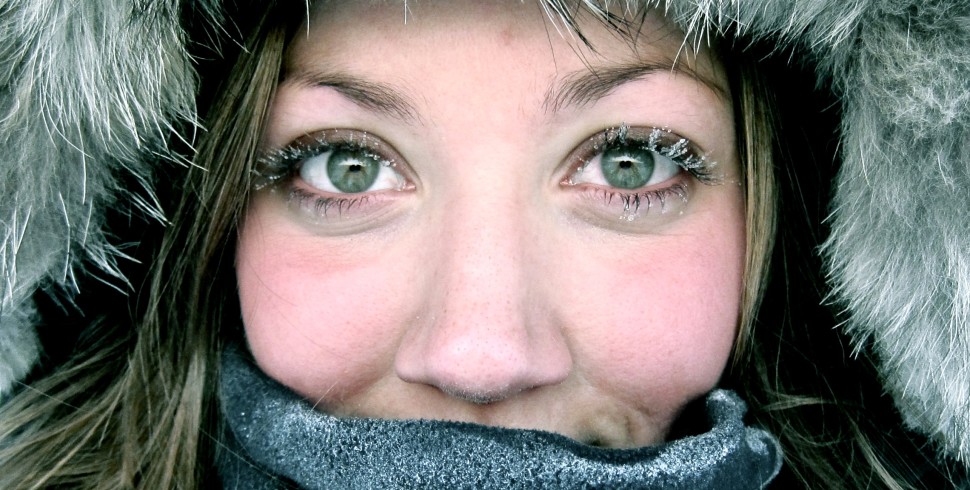


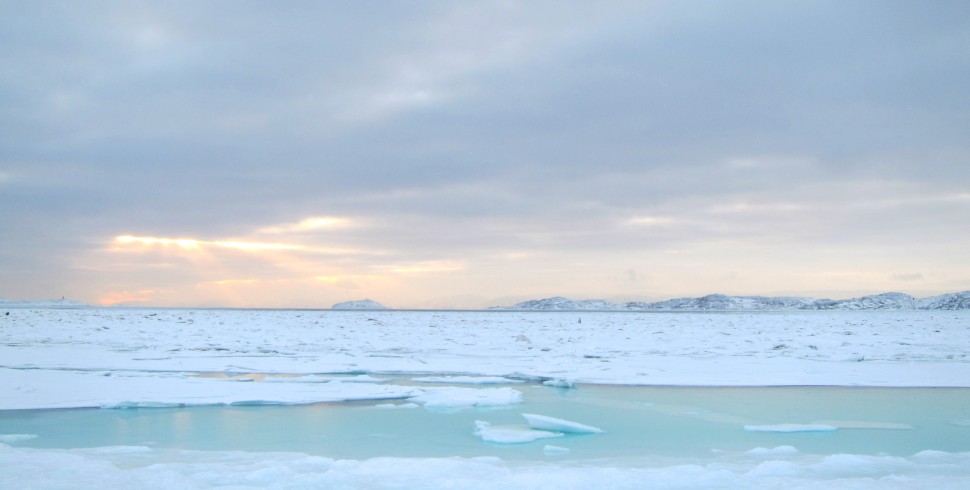
This is all just so fascinating to me. I would have never really thought about actually people living in the Arctic. I’m really curious though as to what has brought you two to living there?
Good question Hayley! We will be answering you in a couple future blog posts, so stay tuned…
I loved this post and am so looking forward to learning more about our North. Ashamedly, I do not know much about Iqaluit but I’ll take this as my chance to broaden my horizons!
Thank you so much, Jay!
Great to see this blog and hear your perspectives! Would love to see a future post on cost of living and how we talk about poverty in an isolated region like Iqaluit compared to the rest of Canada. Keep the posts coming. 🙂
Great suggestion, Ash; Nunavut’s social issues are an important but difficult topic, eh?
What a wonderful idea.. I enjoyed reading all the information .Presented in an enjoyable manner and fun to read. Keep this going please and am looking forward to the next post ..Thanks so much
Thank you so much, Dulcie! We had a lot of fun writing it, too 🙂
Keep the posts coming! I’m moving to Iqaluit in November, so any information at all is greatly appreciated!!!
How exciting! Thanks for getting in touch with us; always nice to meet future Iqalummiut 🙂
Sorry, HTML is getting my goat. This was my question:
How “secure” are the food resources up there.
That’s a complex one, James – almost too complex for a measly “reply”! Perhaps an idea for a future post…?
Pingback: [Guest Post] Moving to Iqaluit Made Easy: Ted's 8 Easy Steps | Finding True North
Pingback: Google (Street View) Does Iqaluit | Finding True North
Pingback: Chocolate, Chapstick, and Baby Wipes: Arctic Survival Essentials - Finding True North
Pingback: Iqaluit Tours: 98 Europeans and Qaummaarviit Territorial Park
Pingback: The Perfect Weekend Trip: Rankin Inlet, Nunavut | Go Girl Travel Network
Pingback: 1 Year Blog Anniversary! - Finding True North